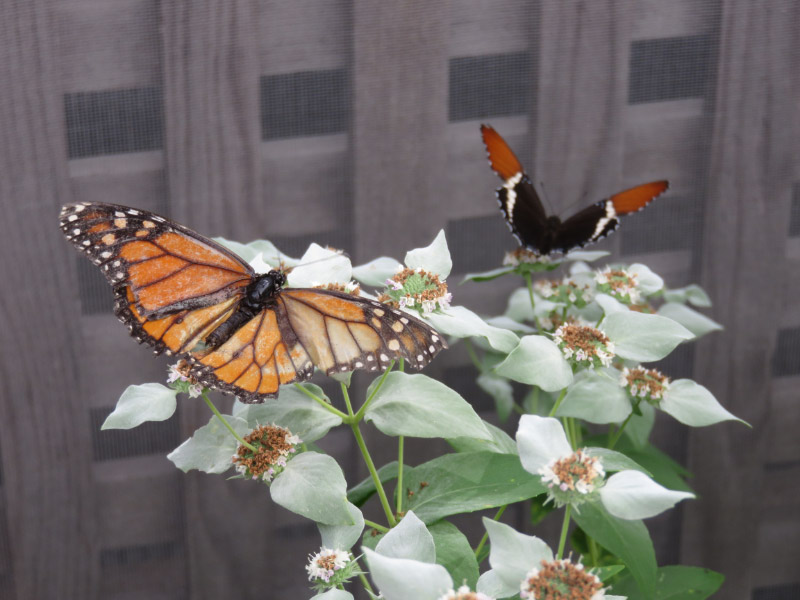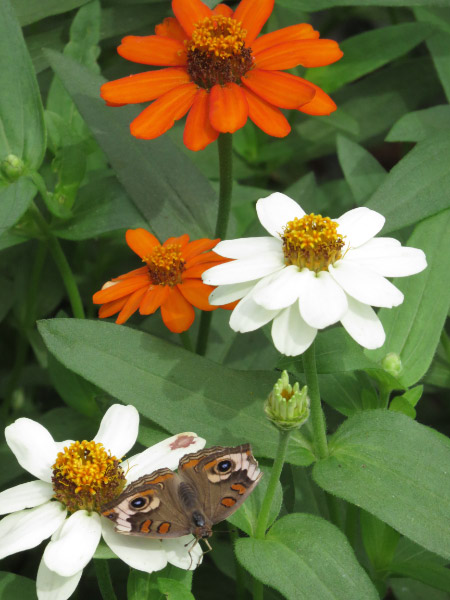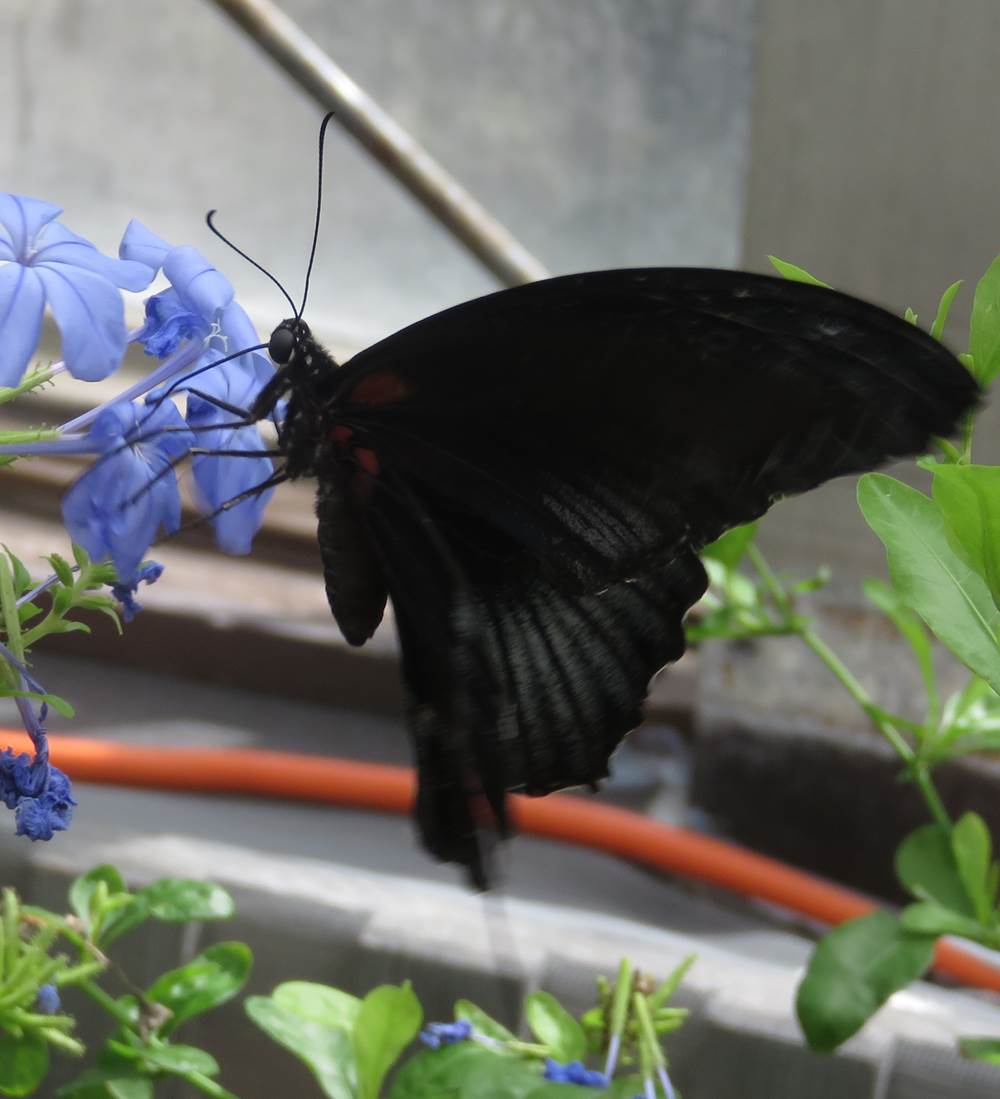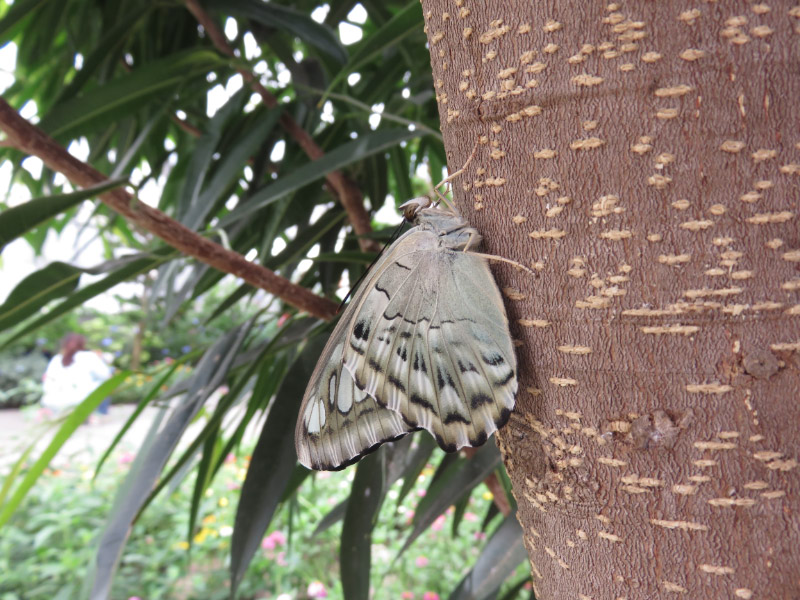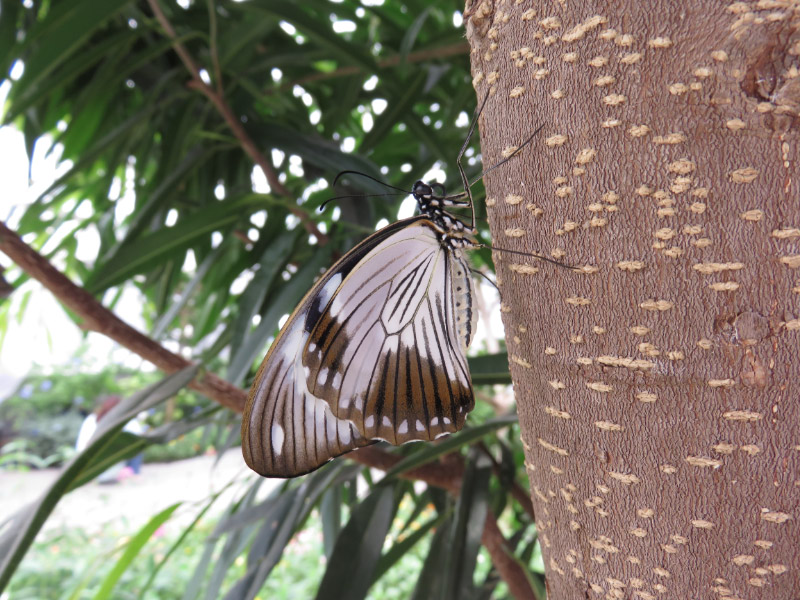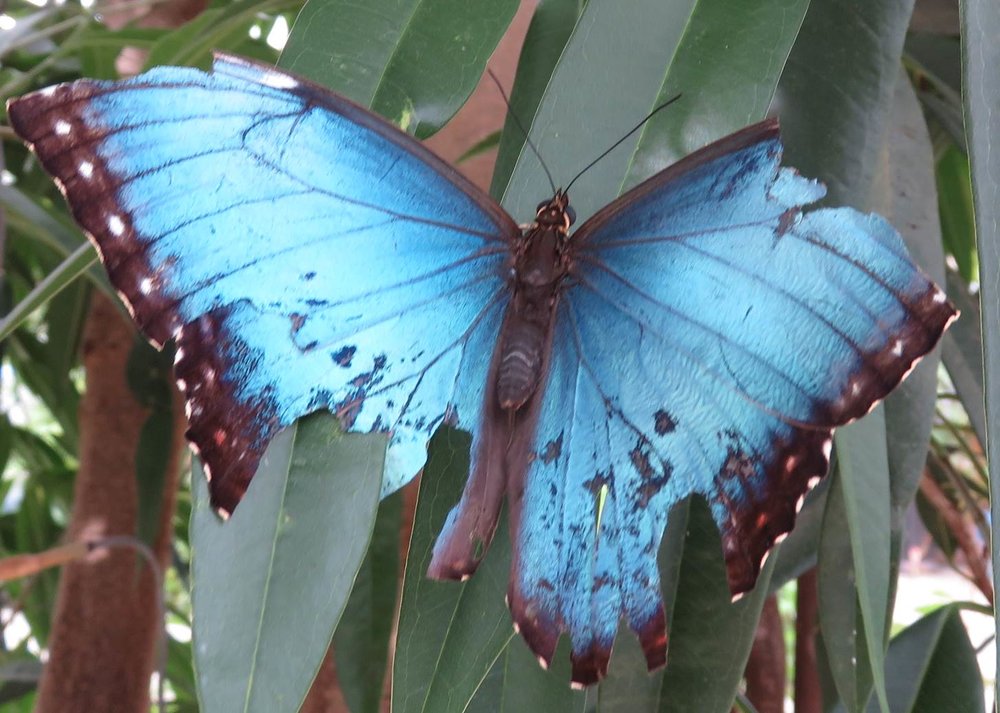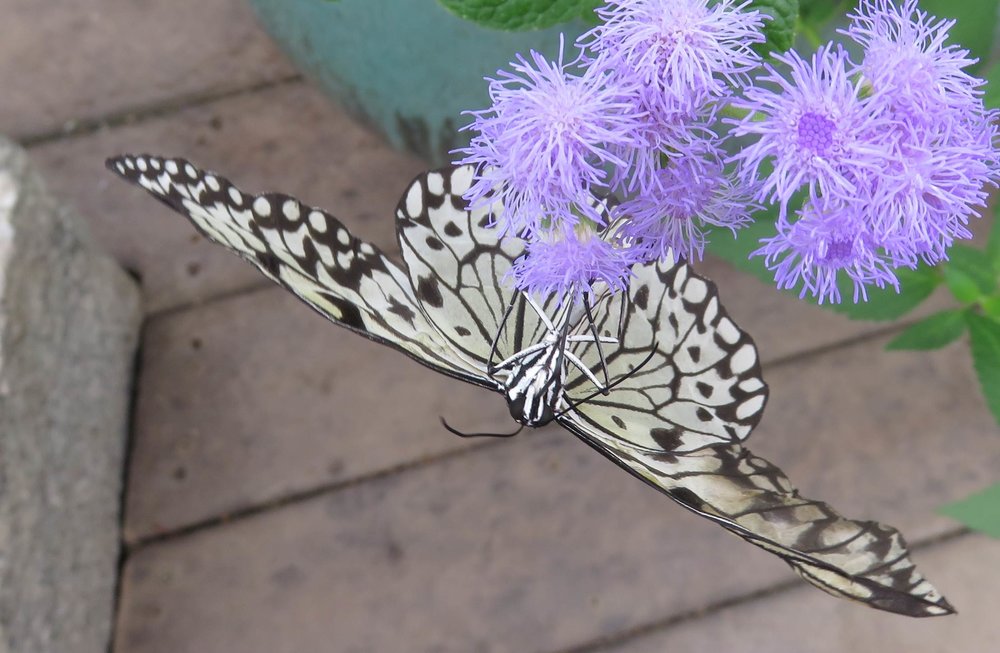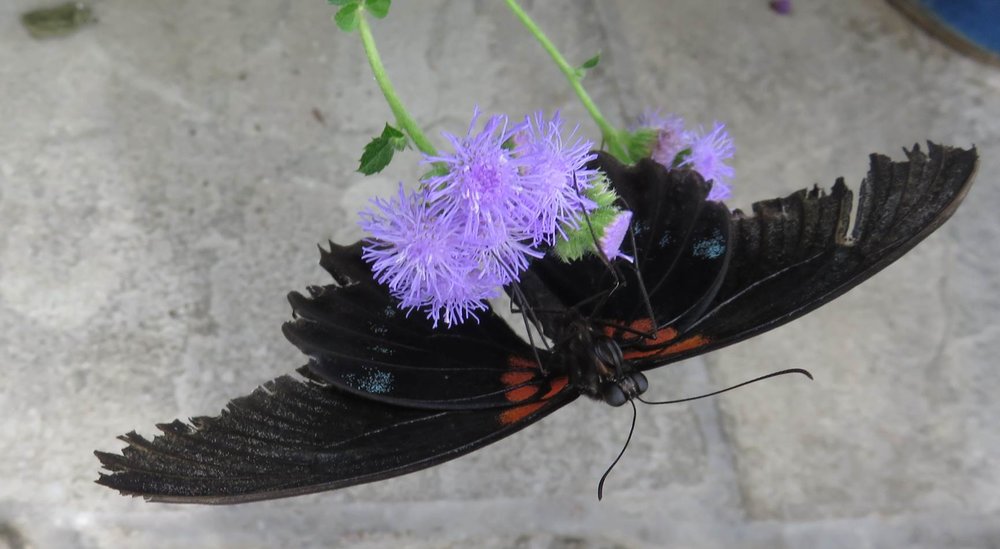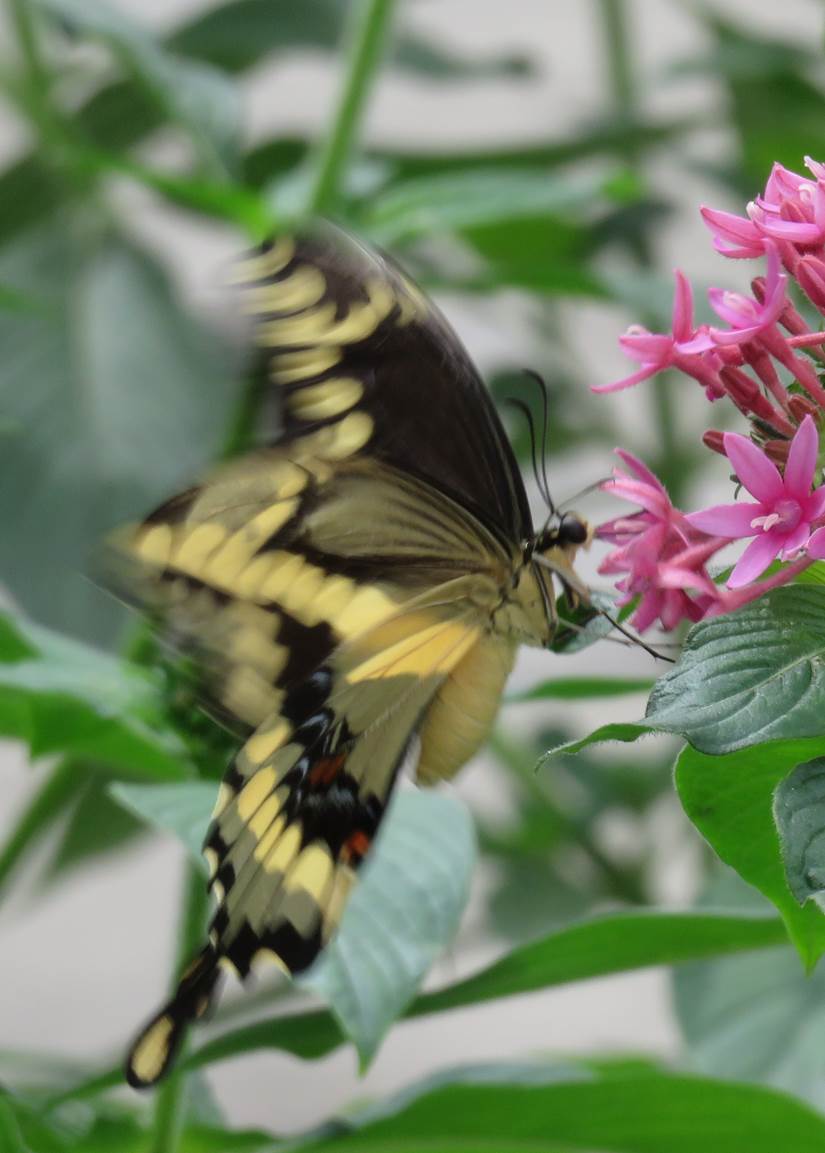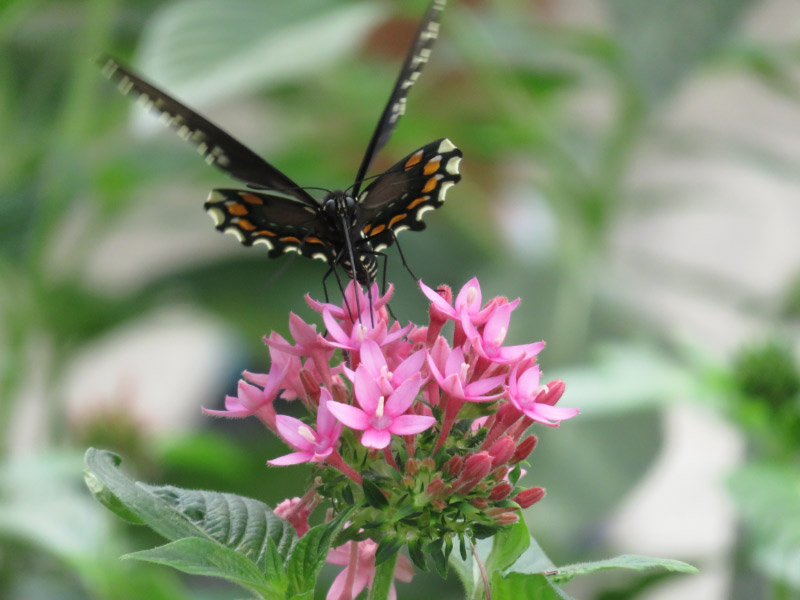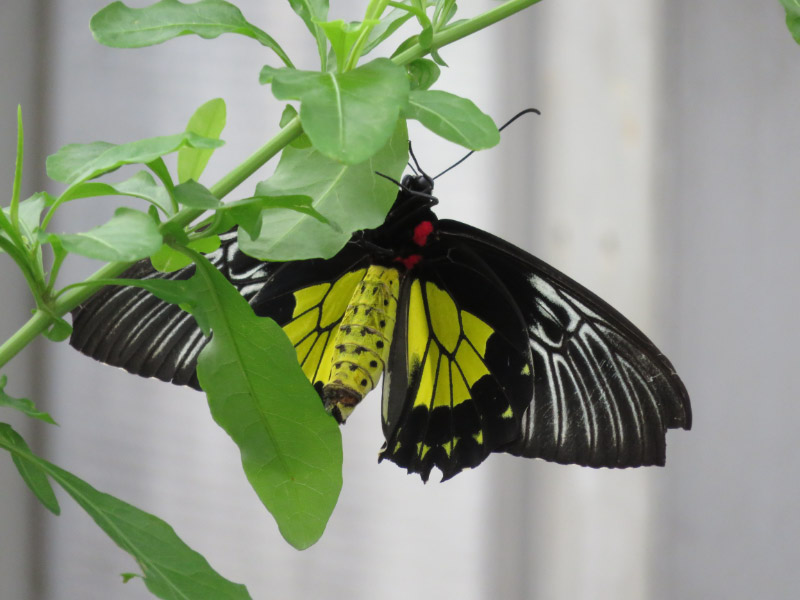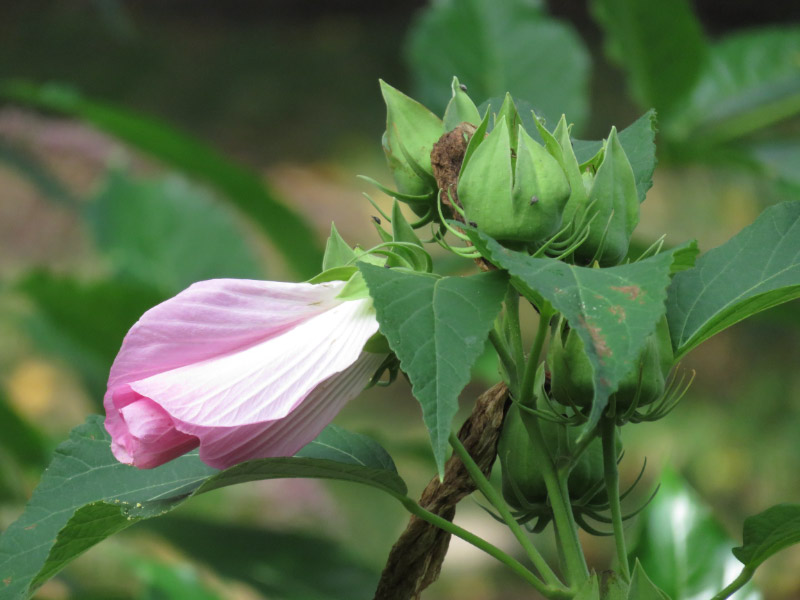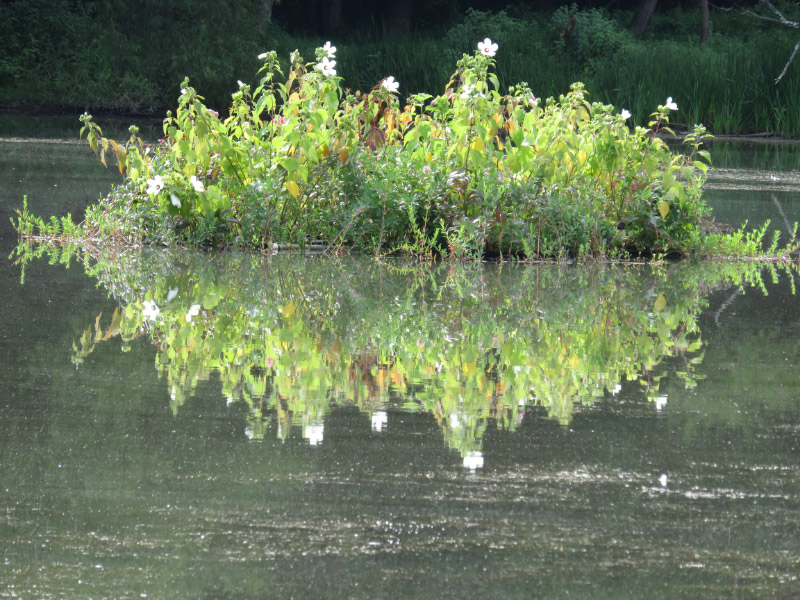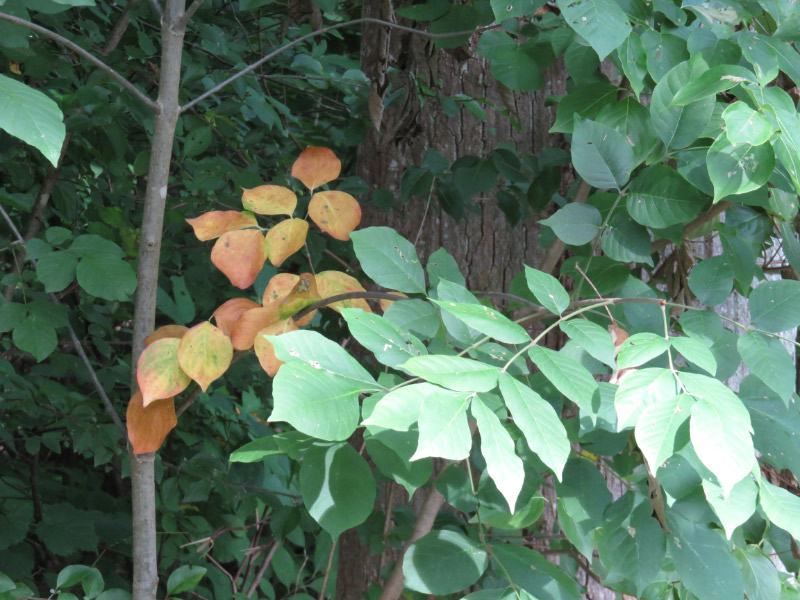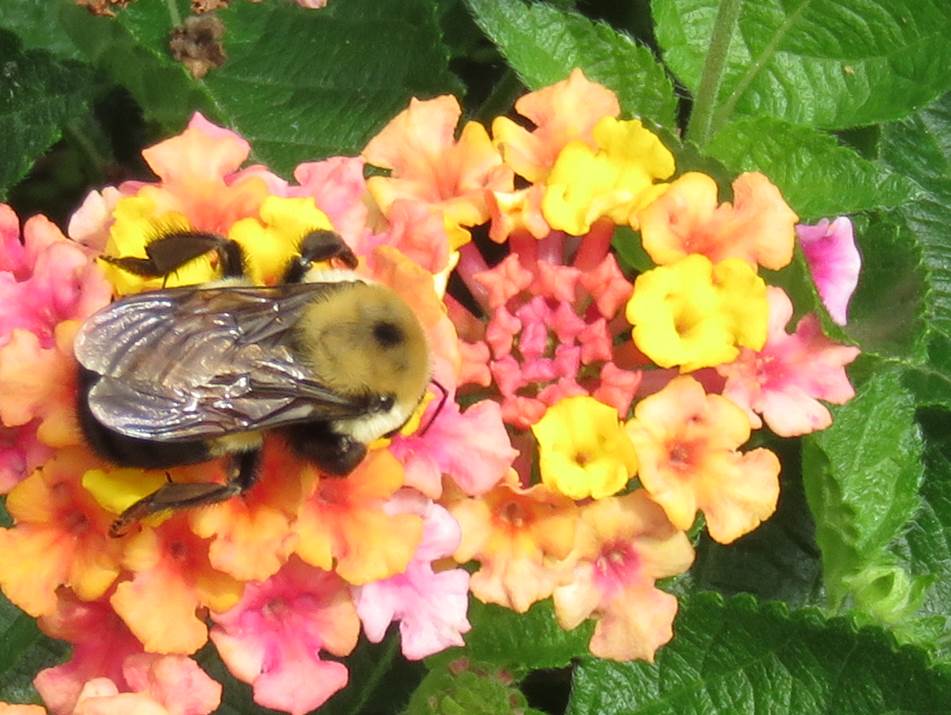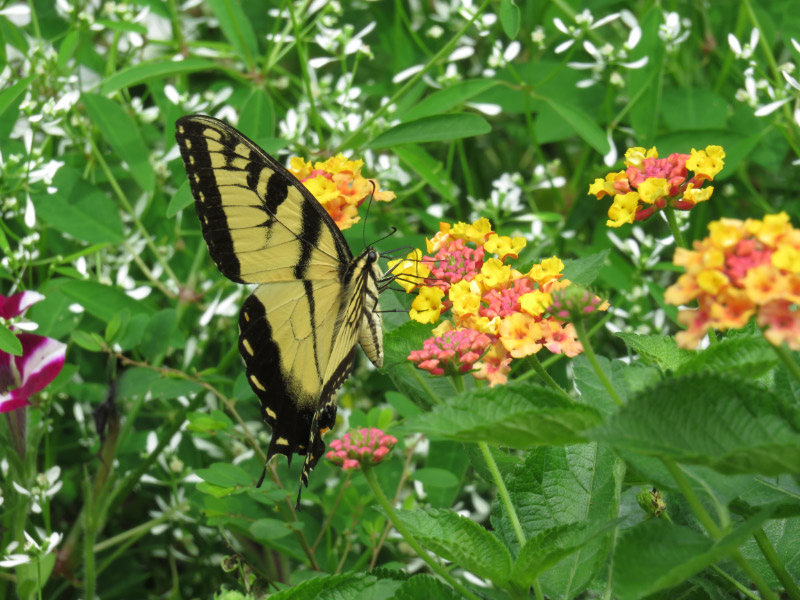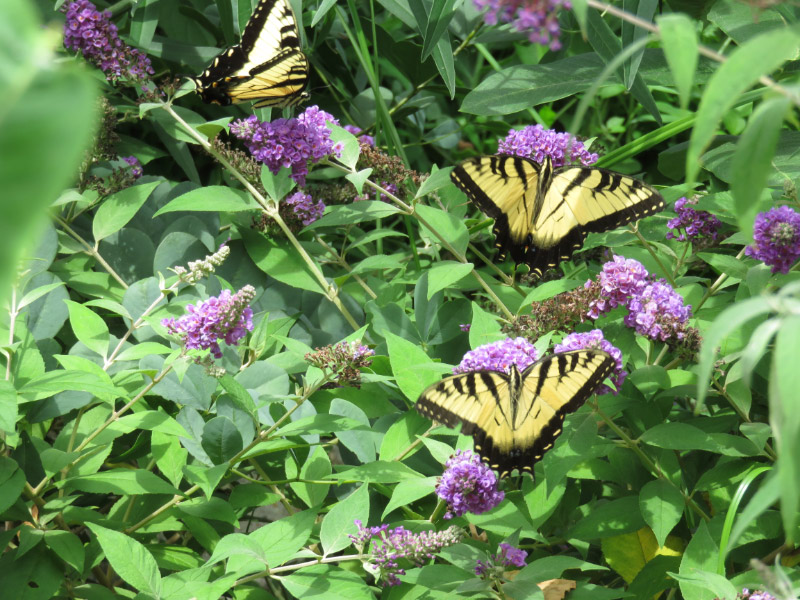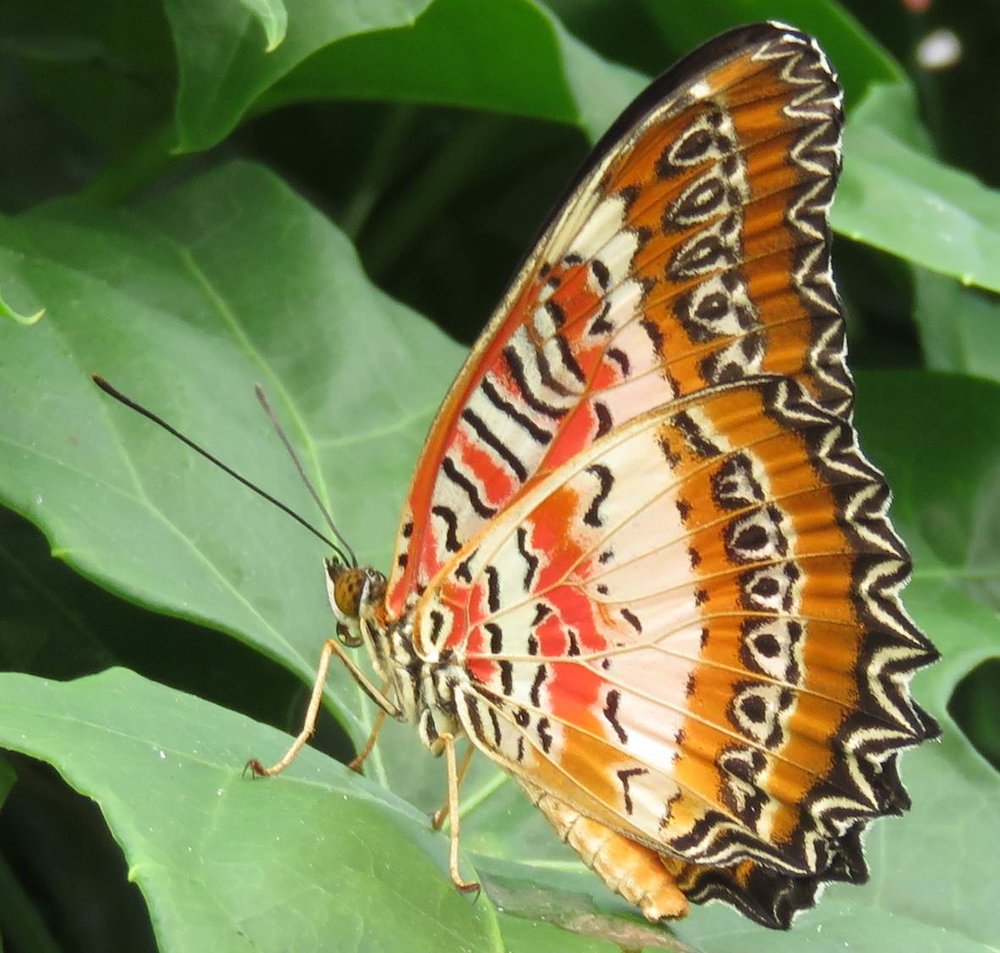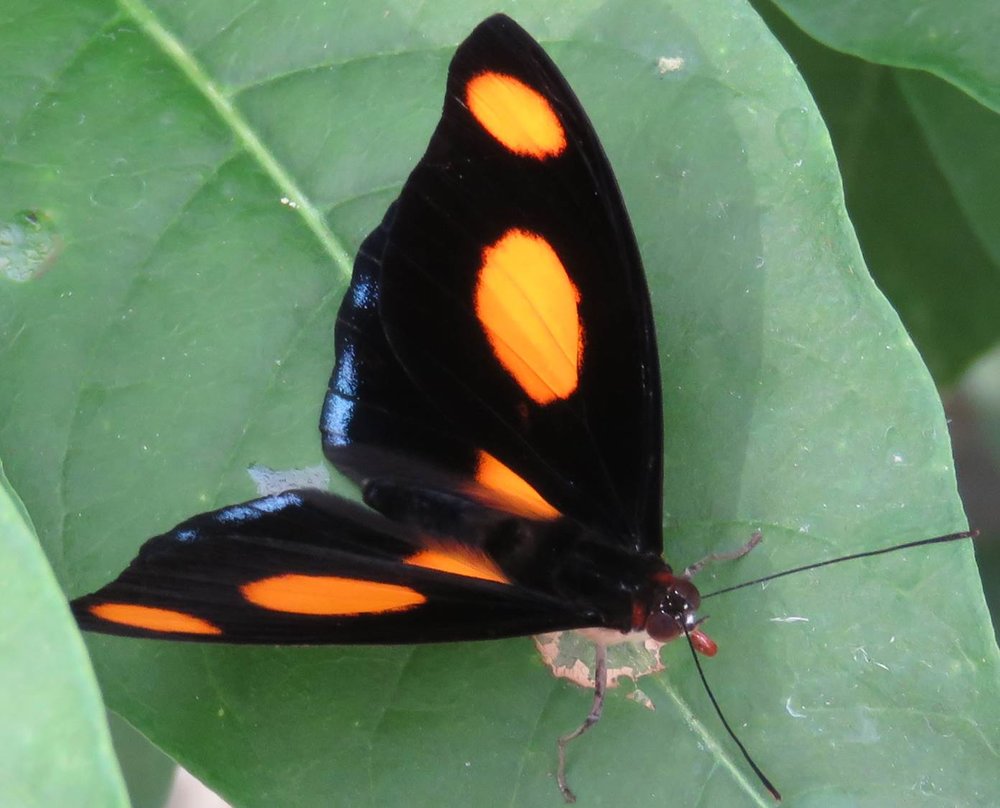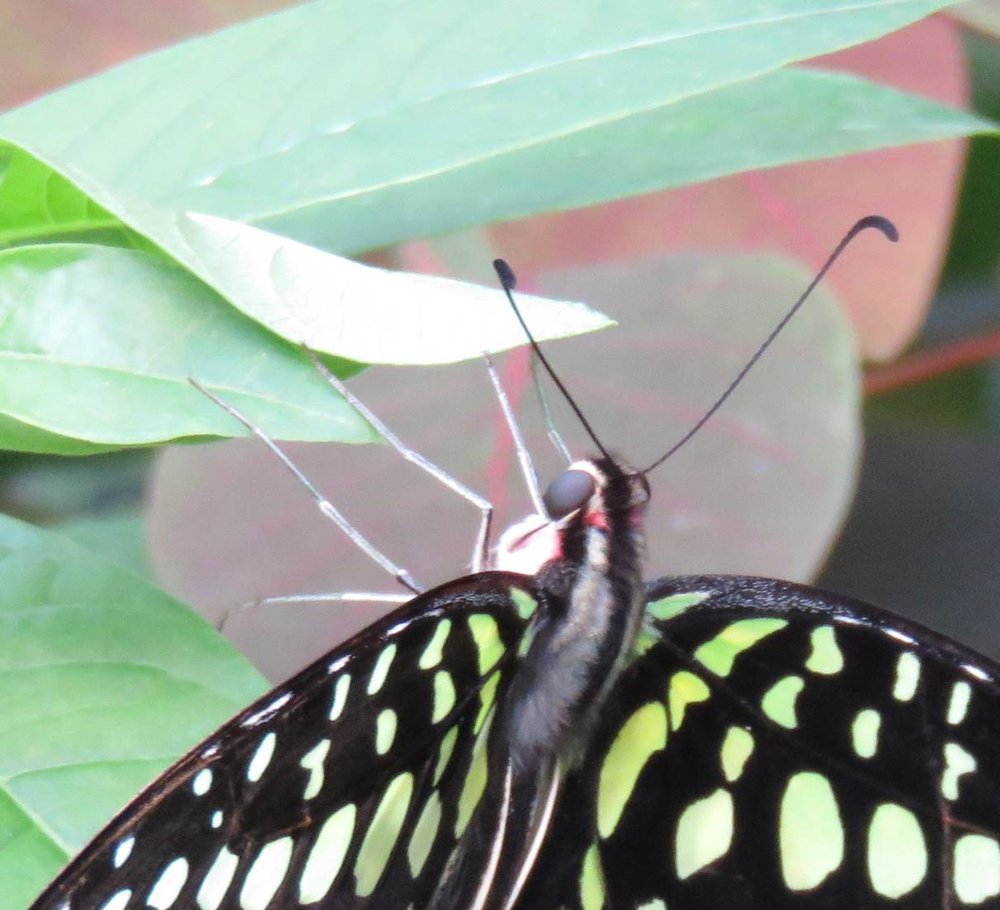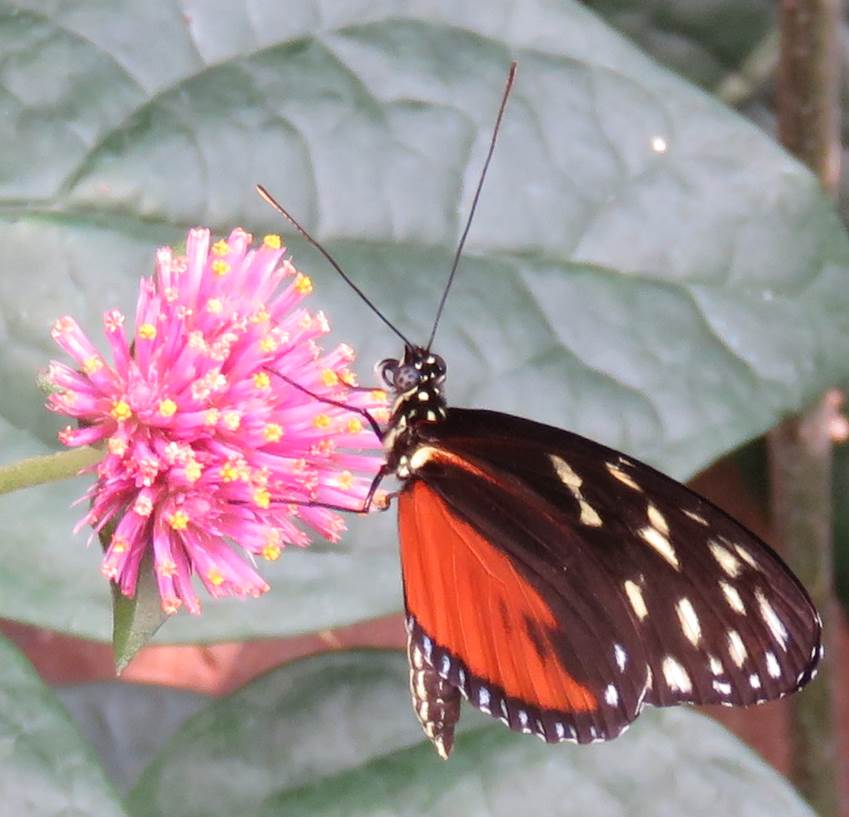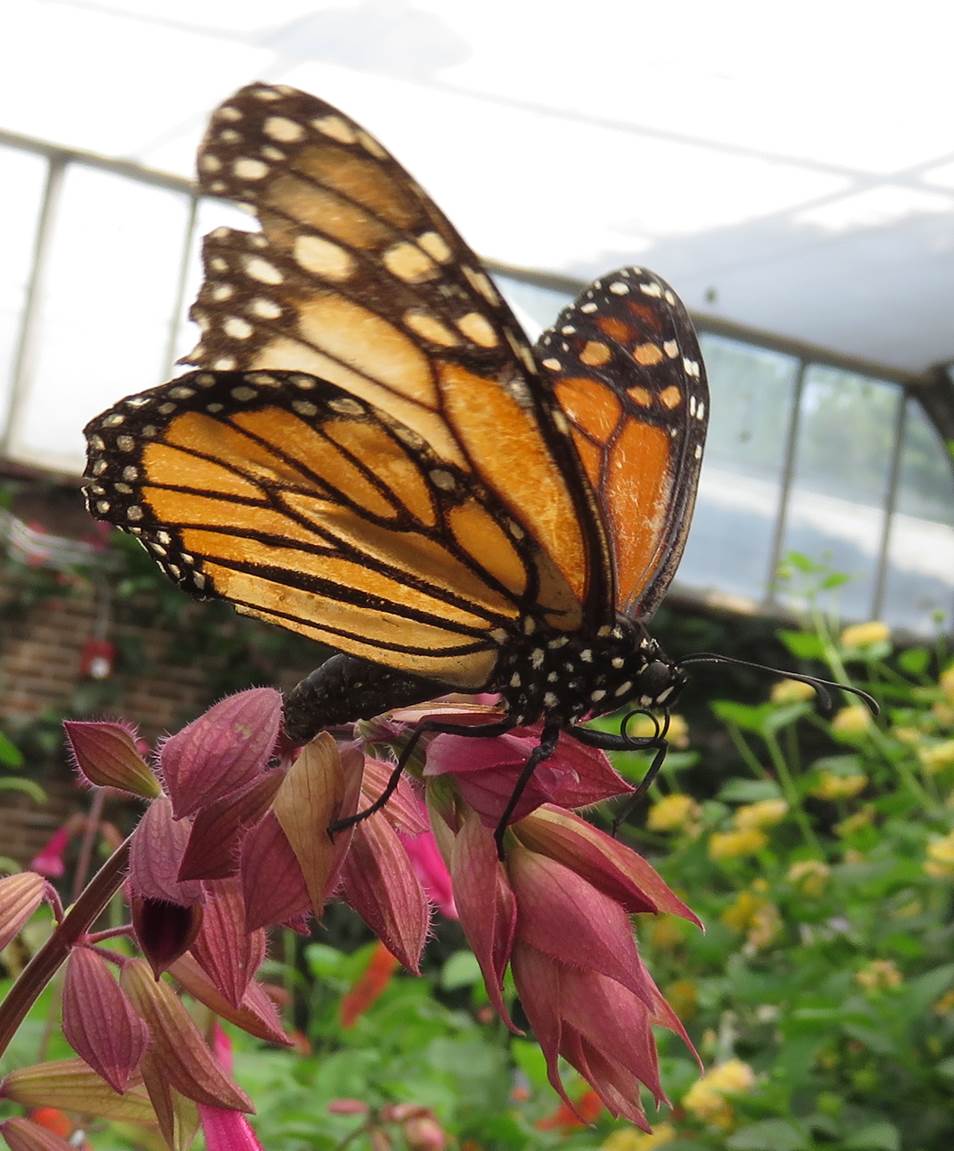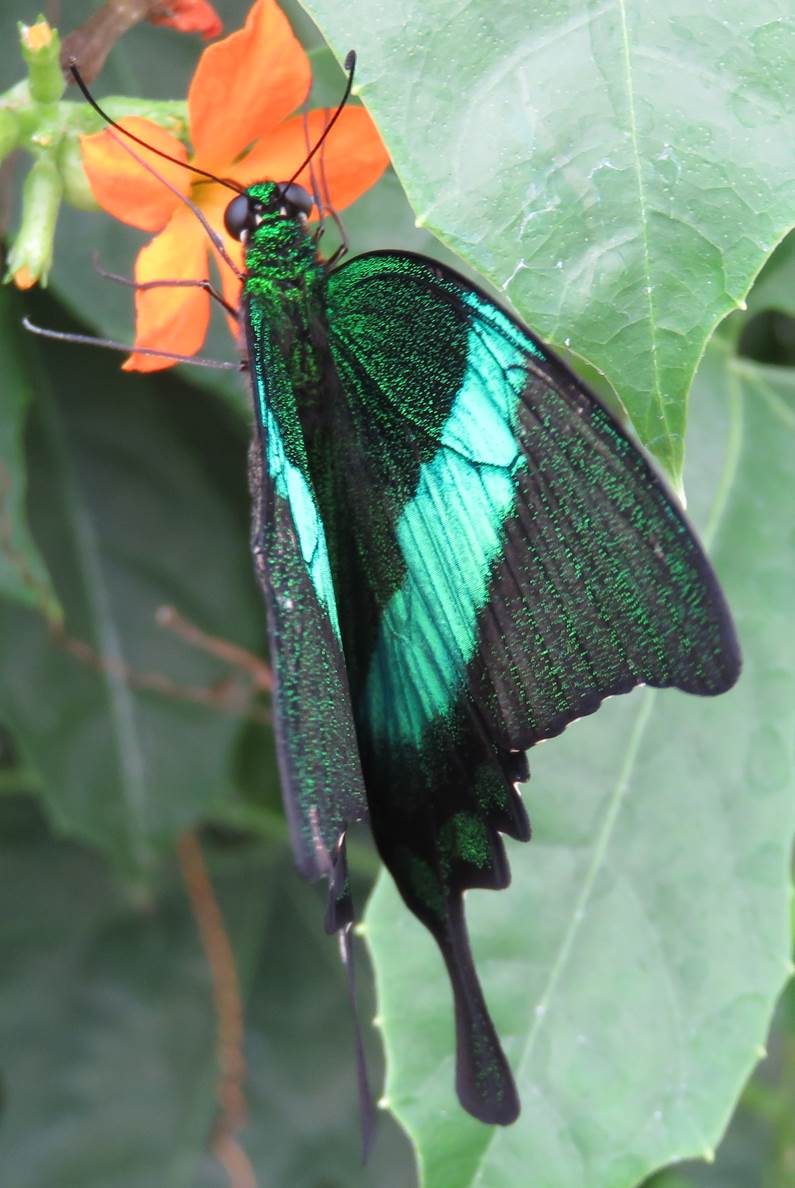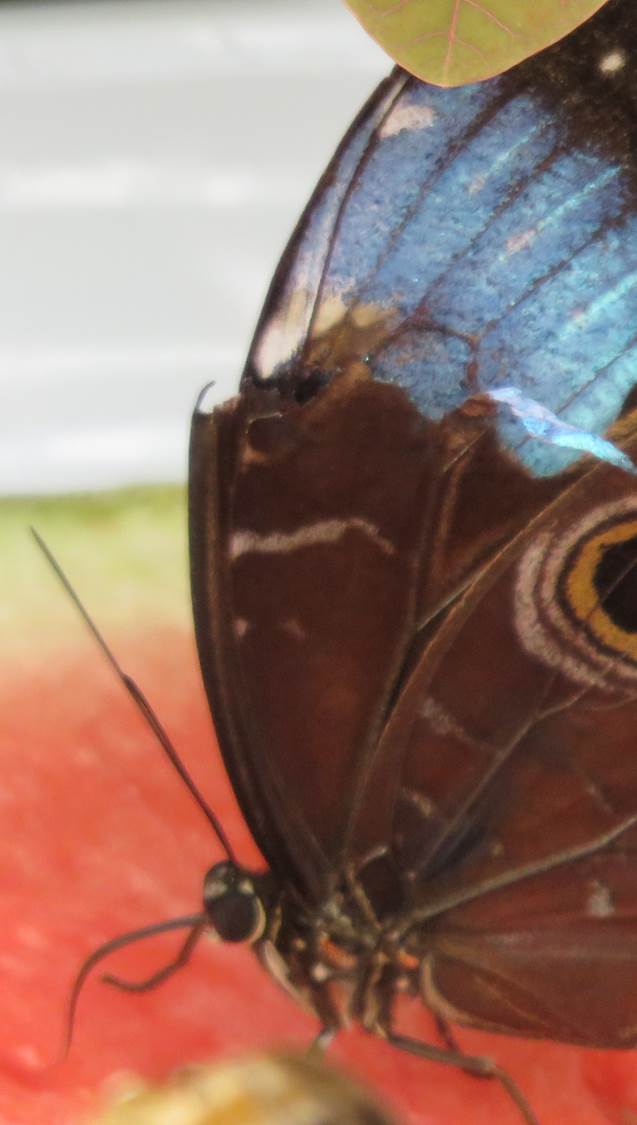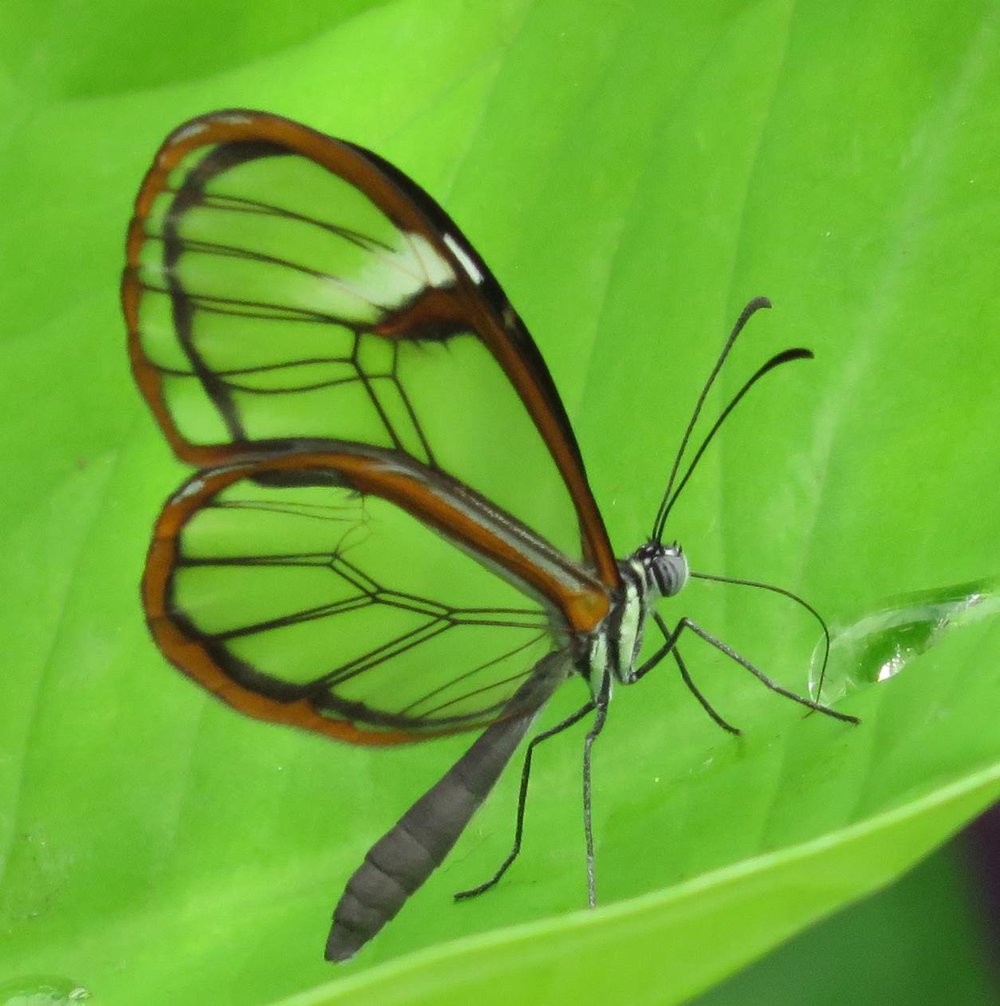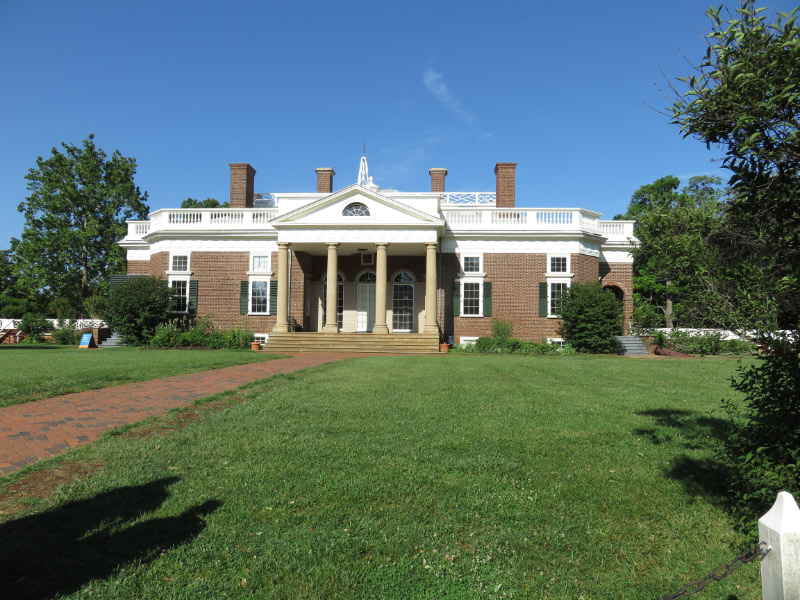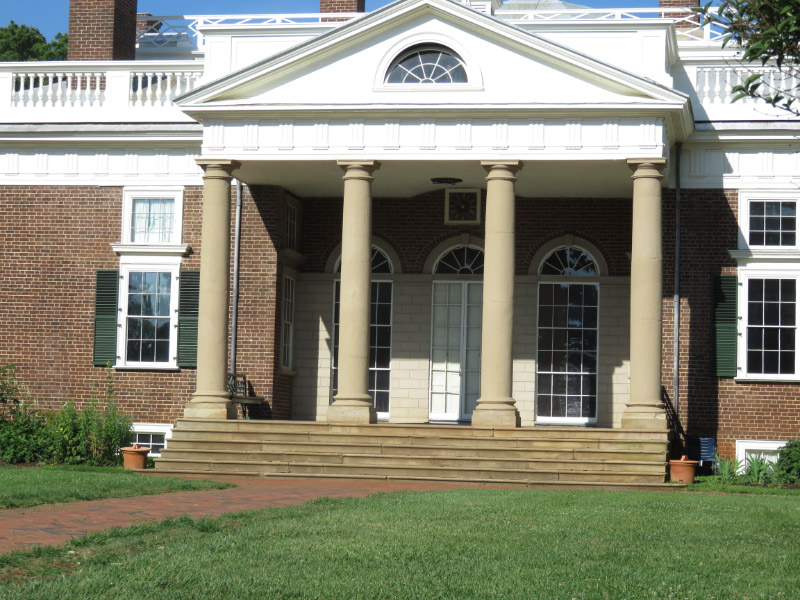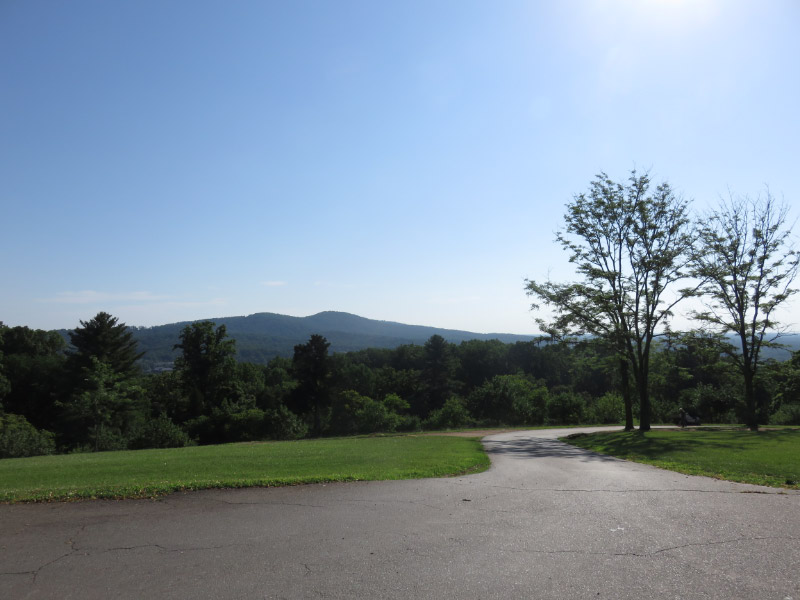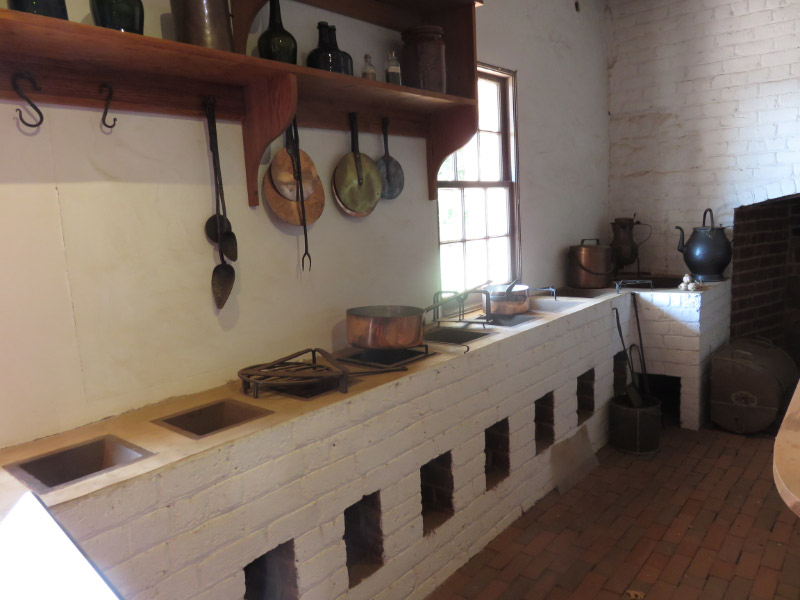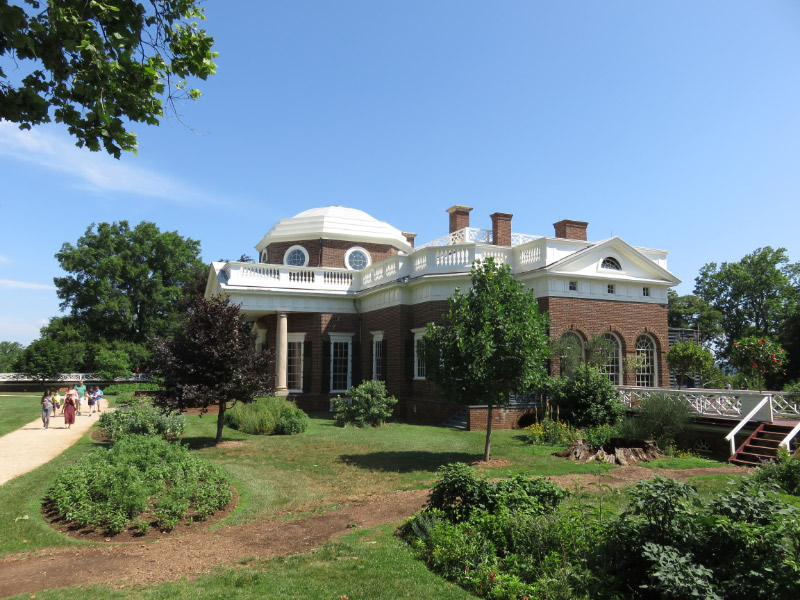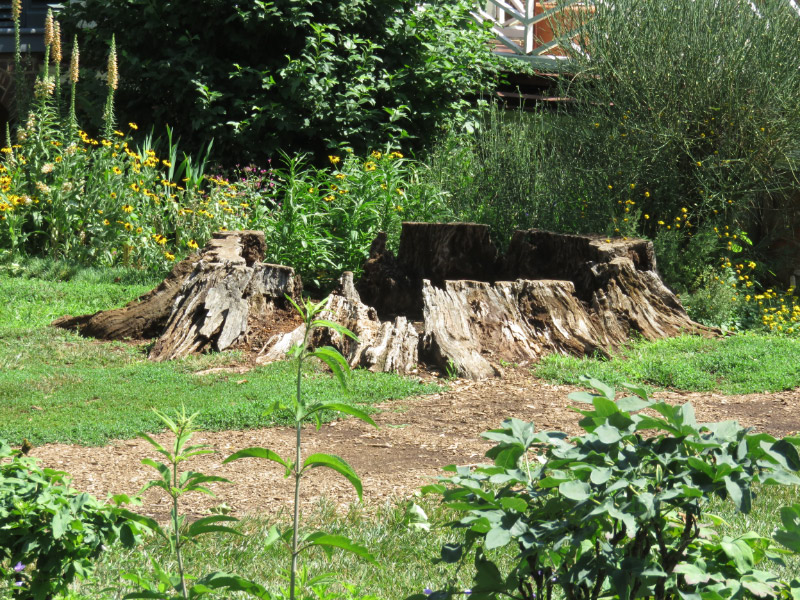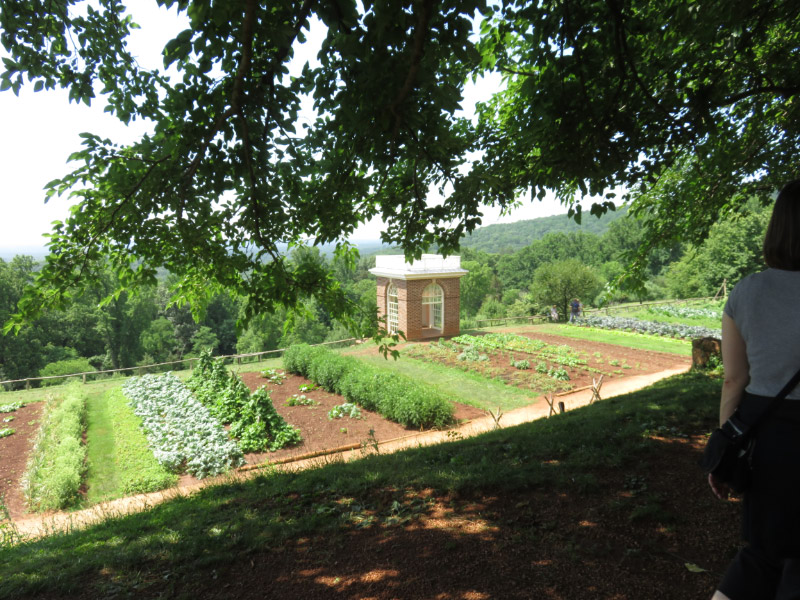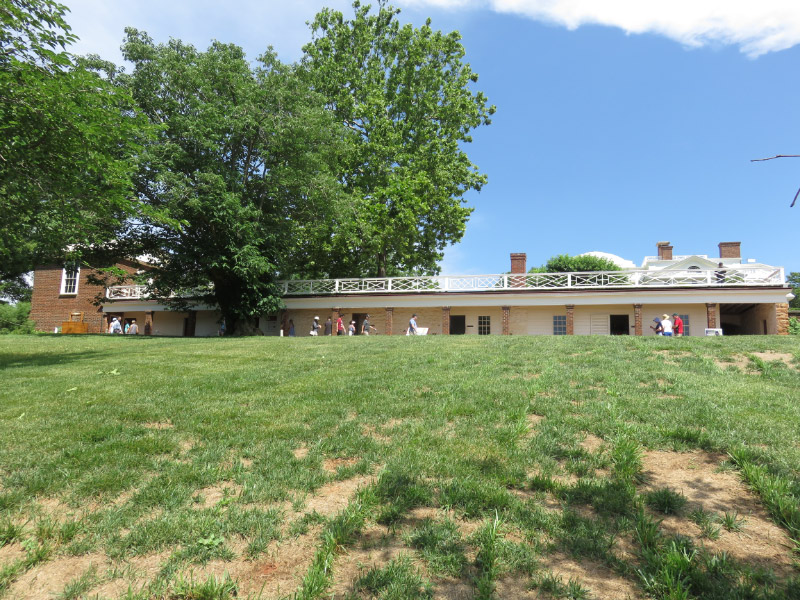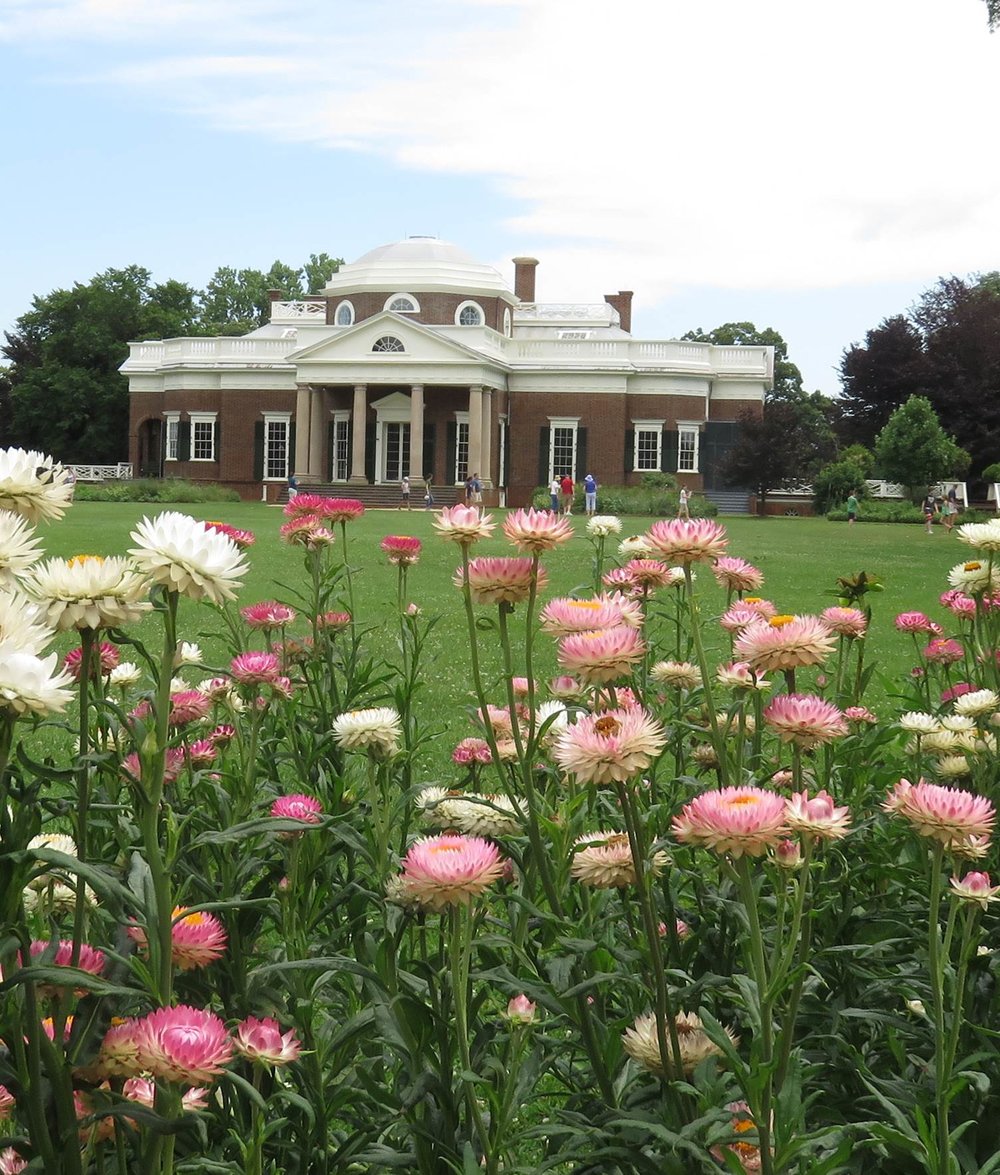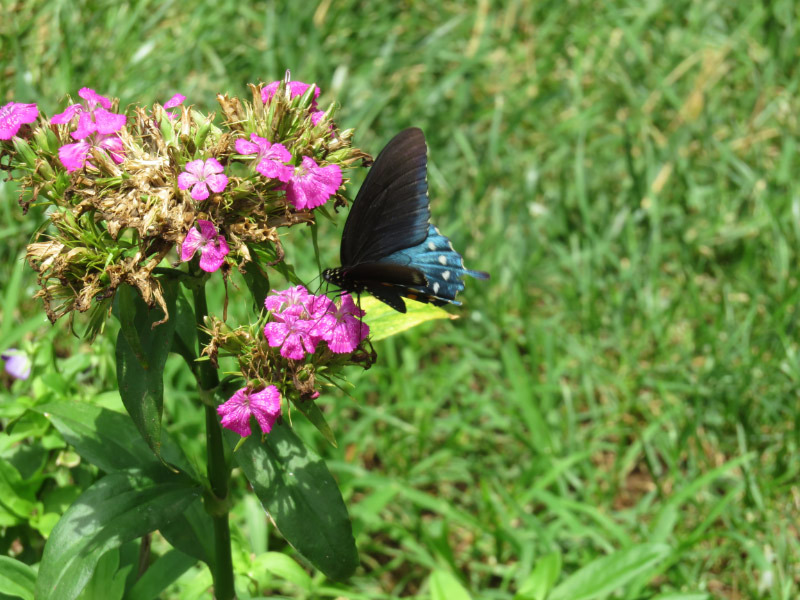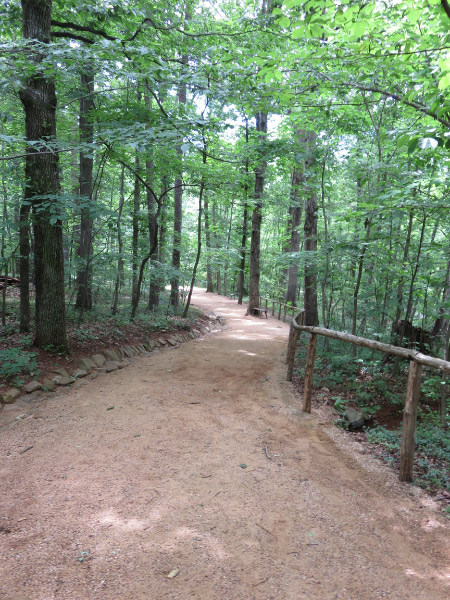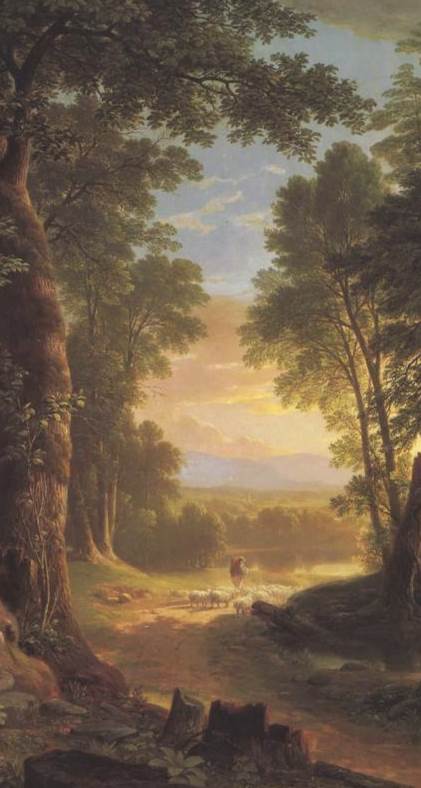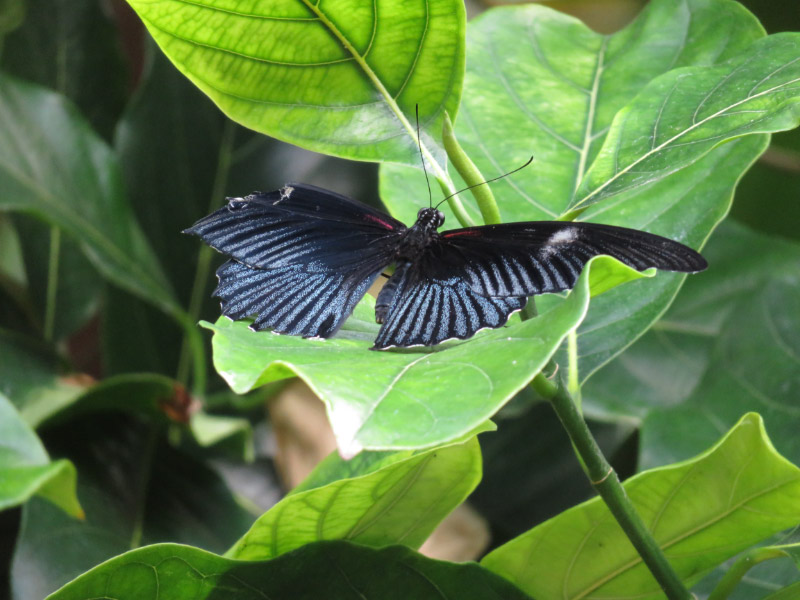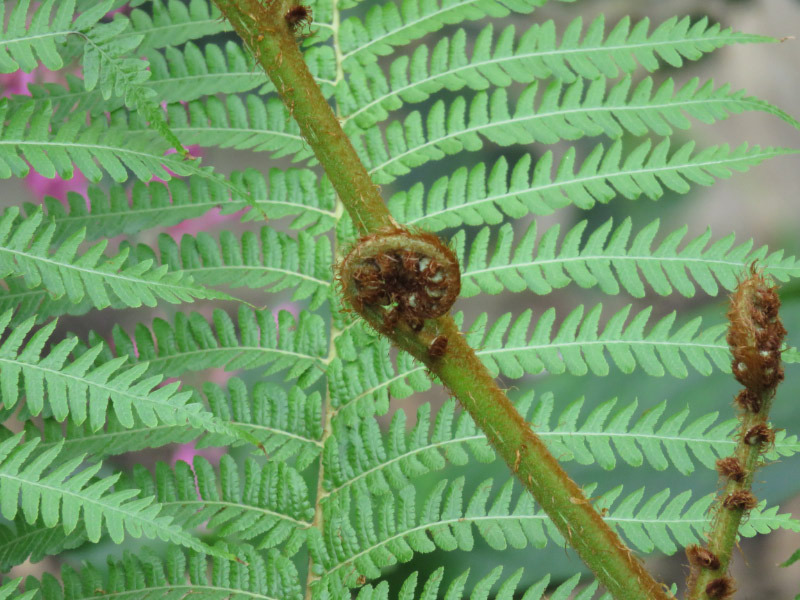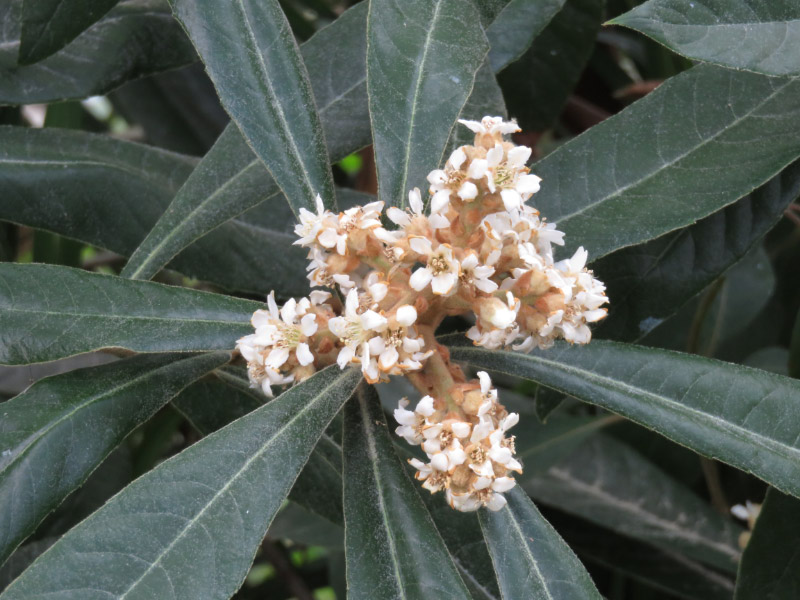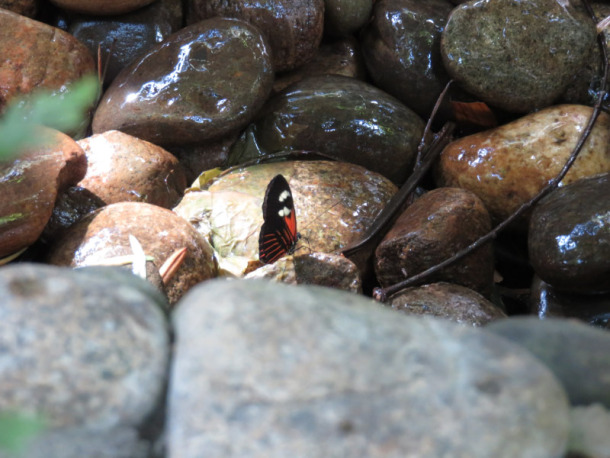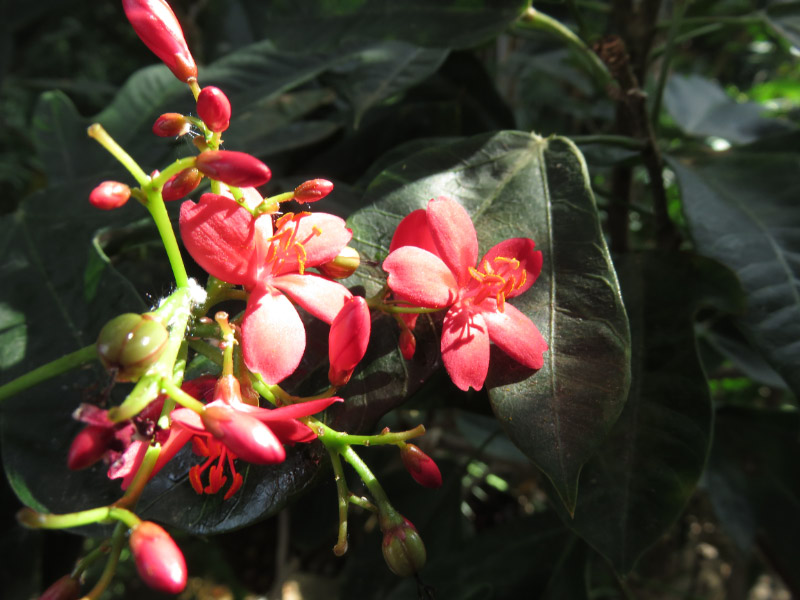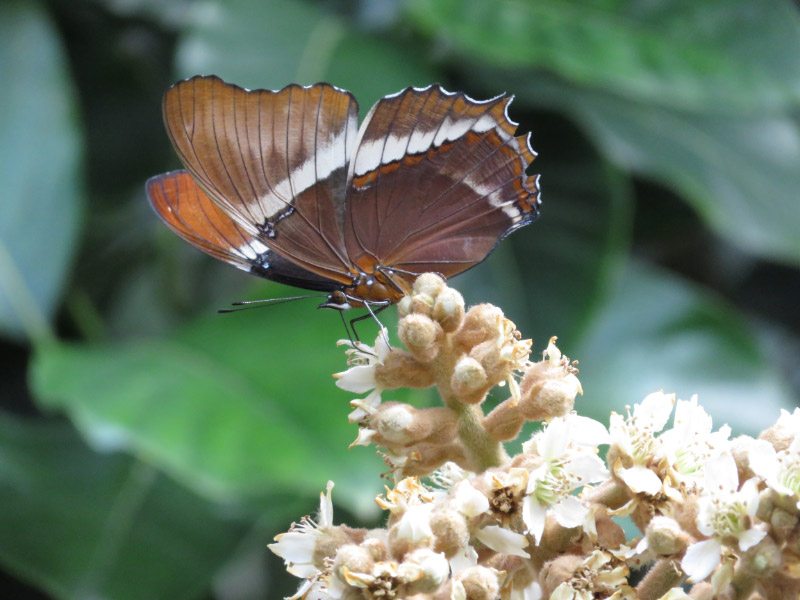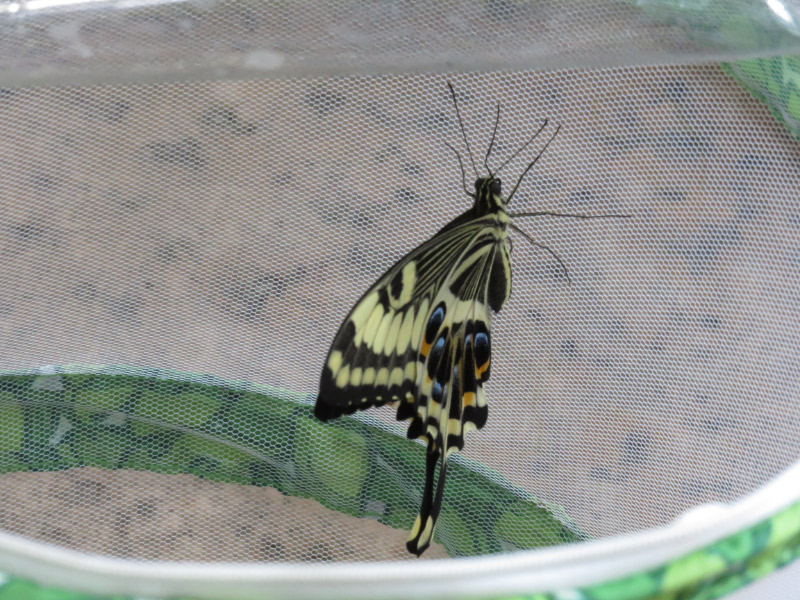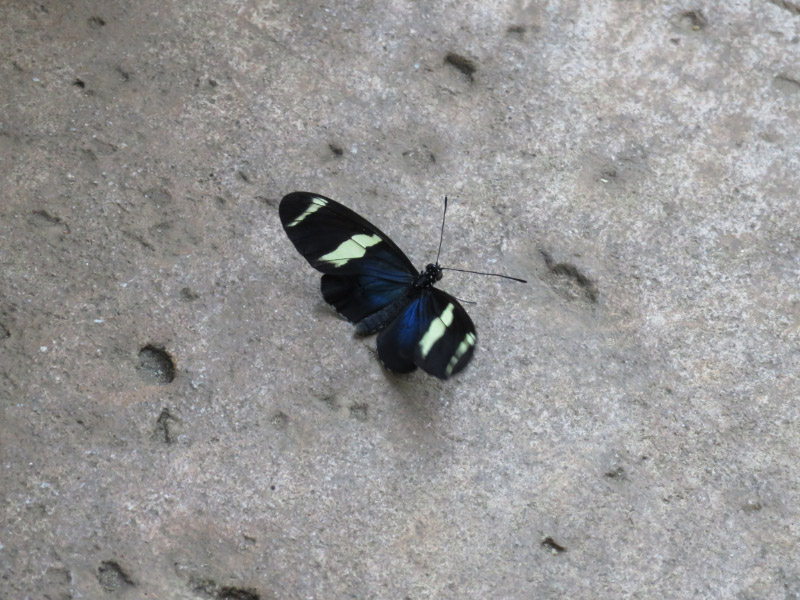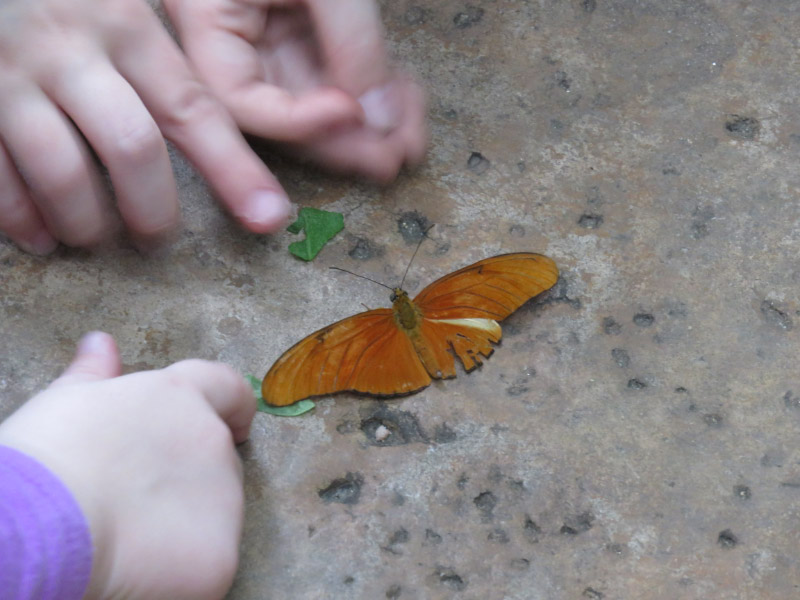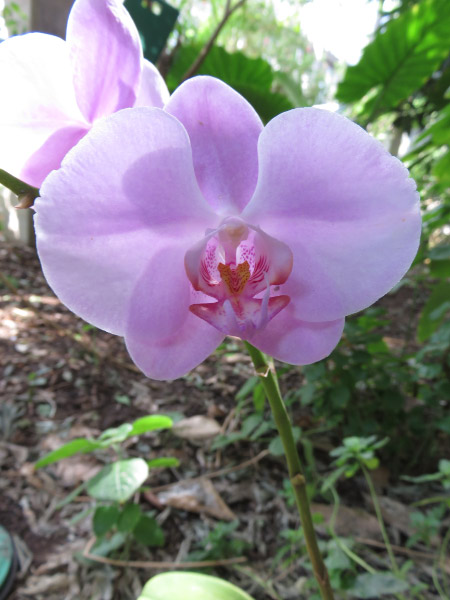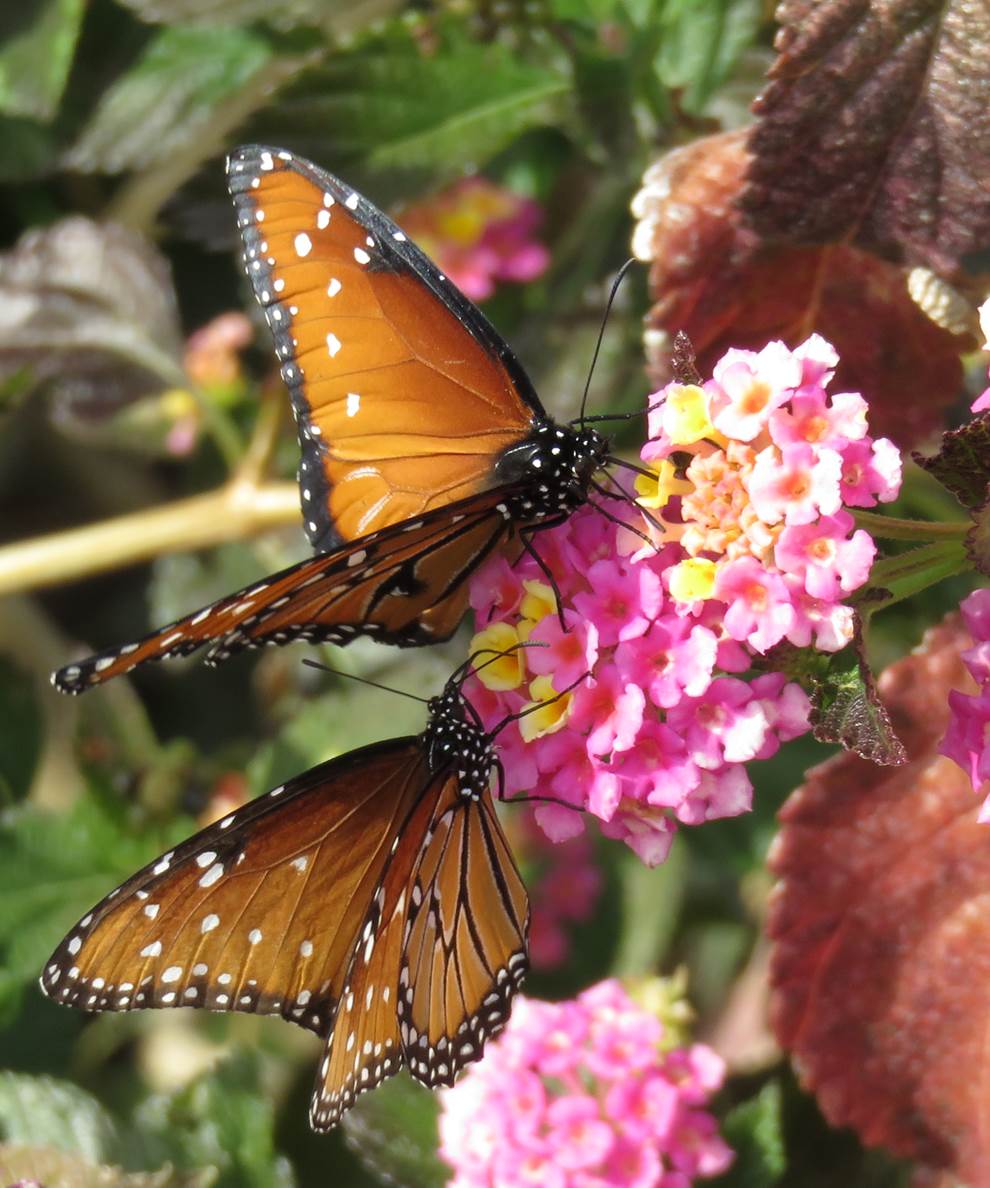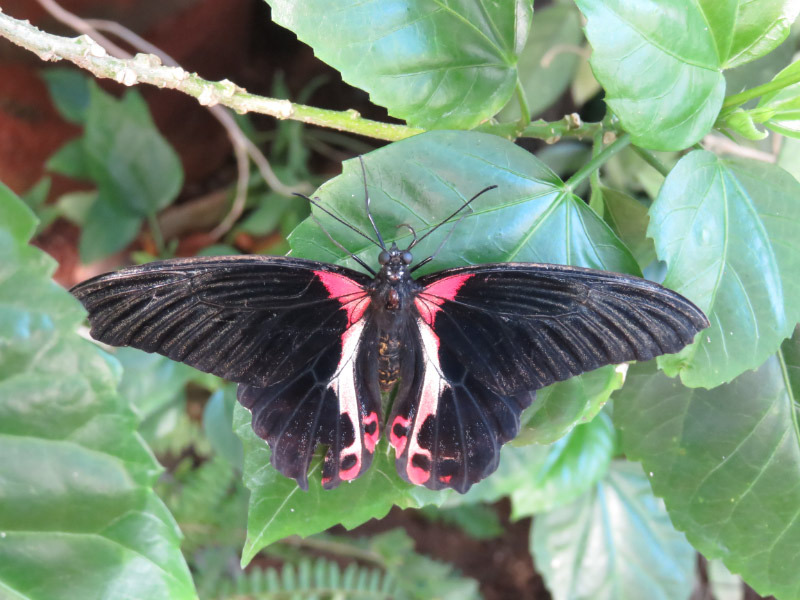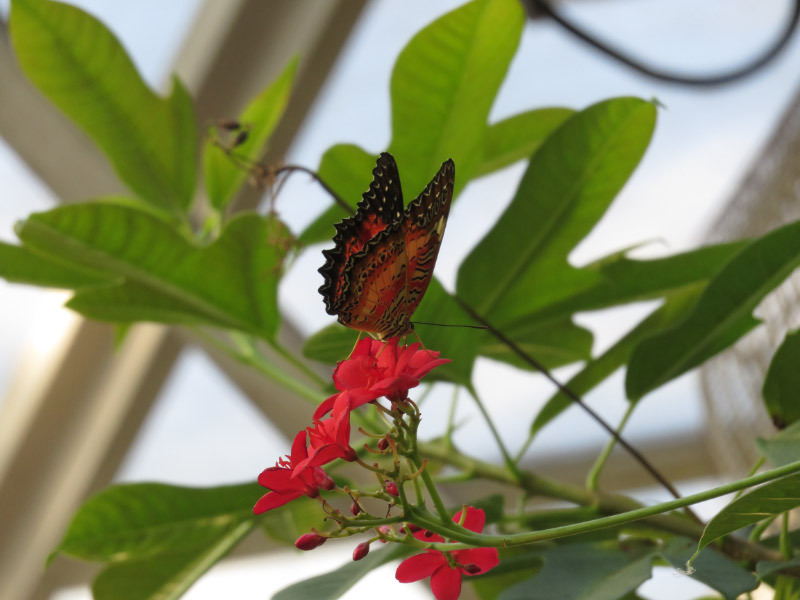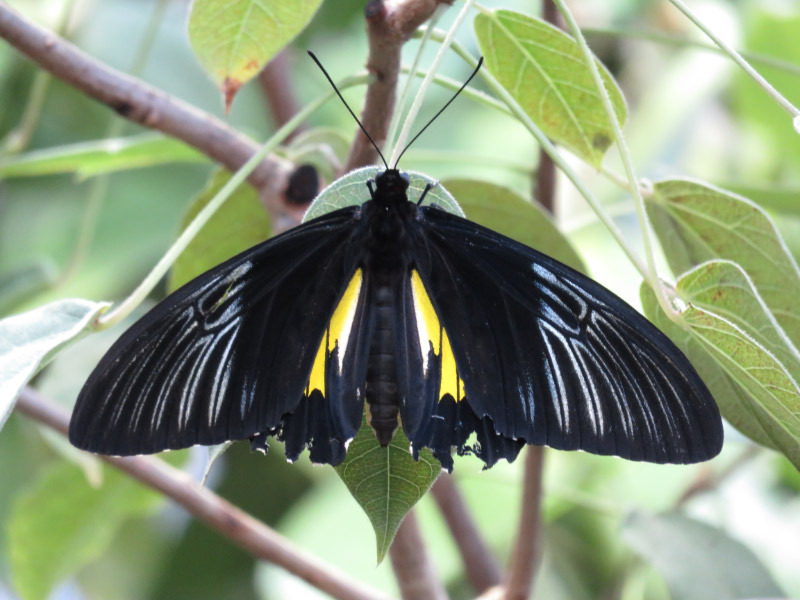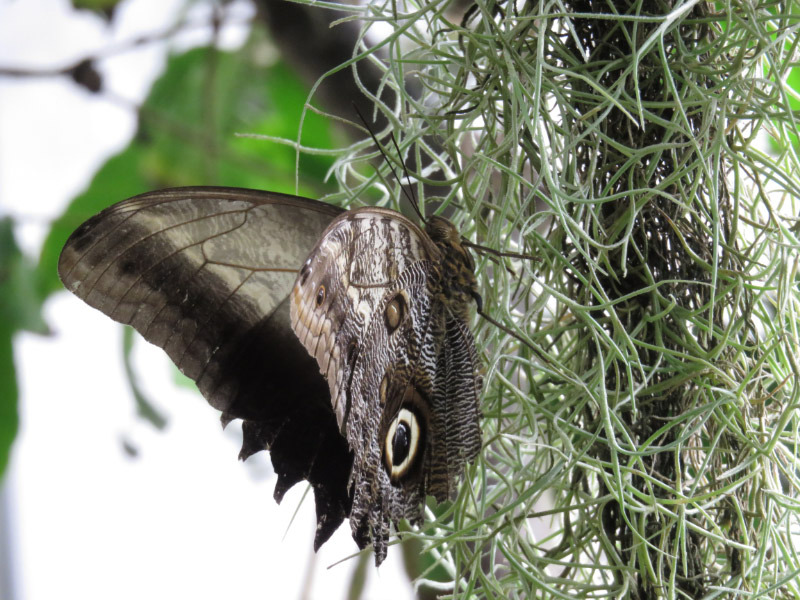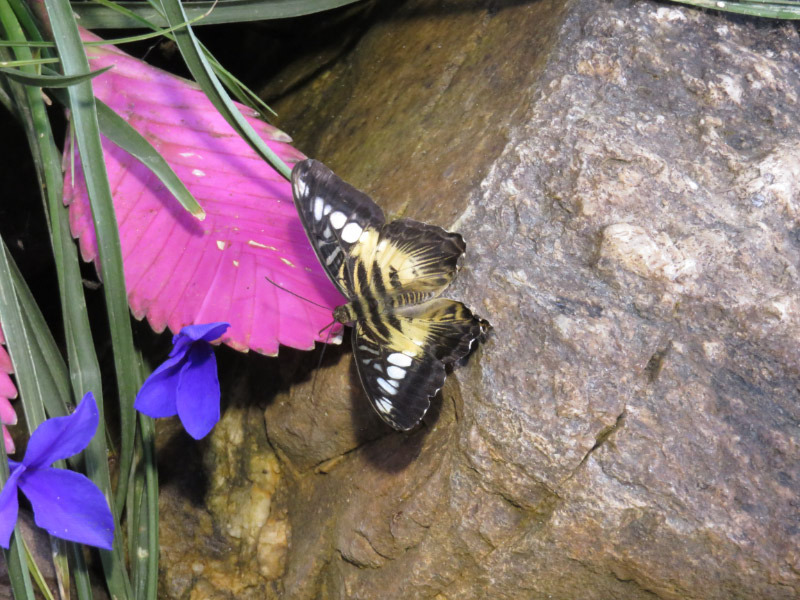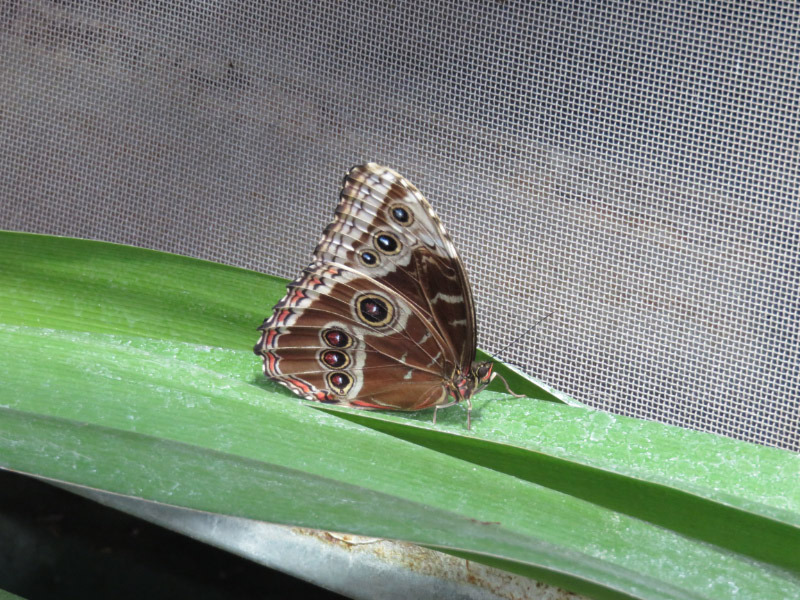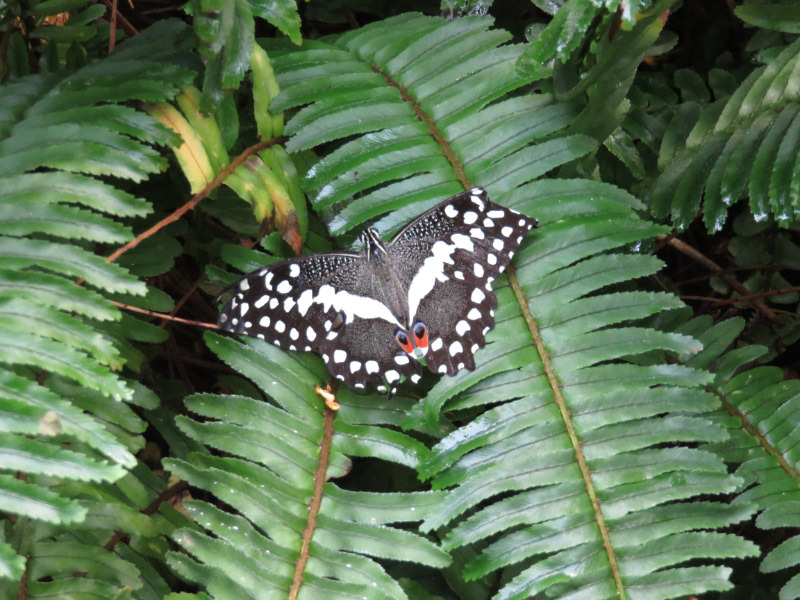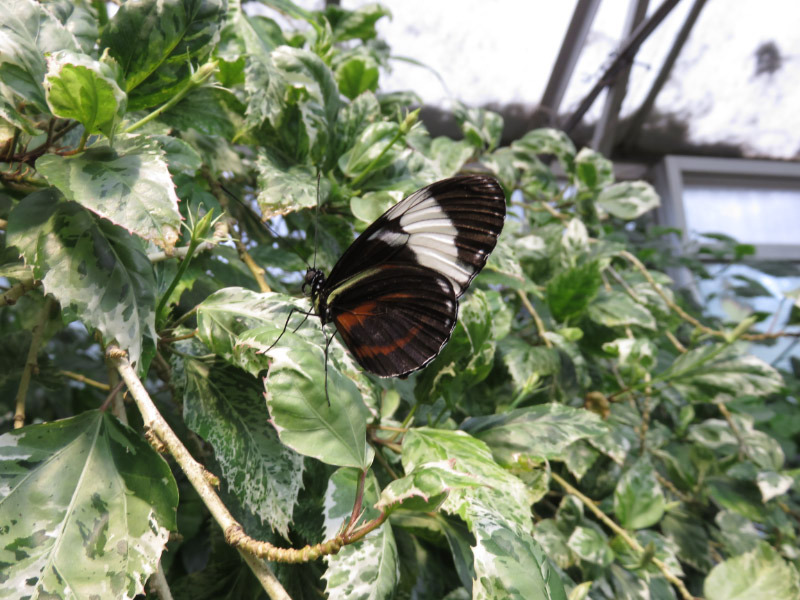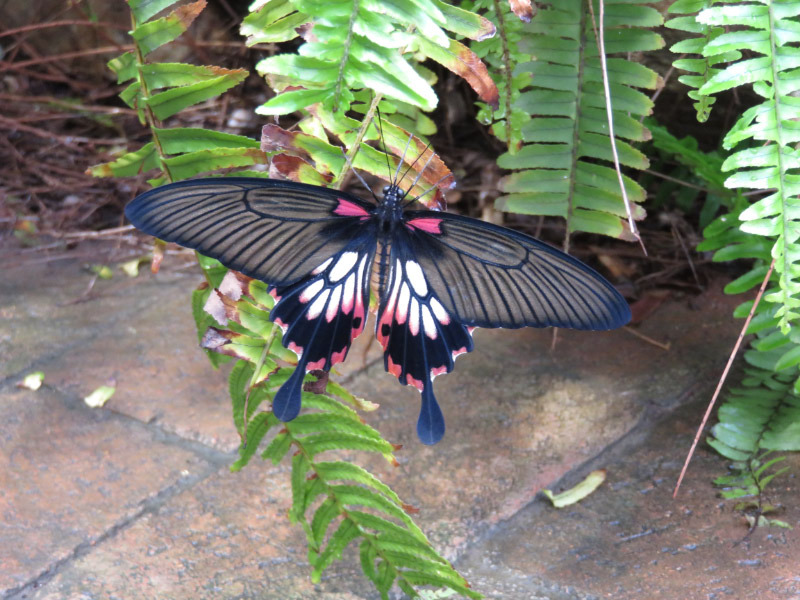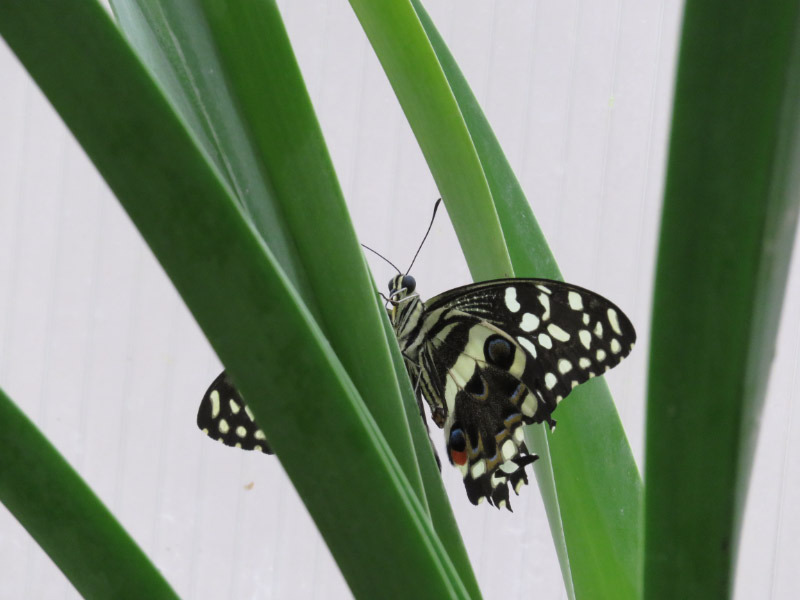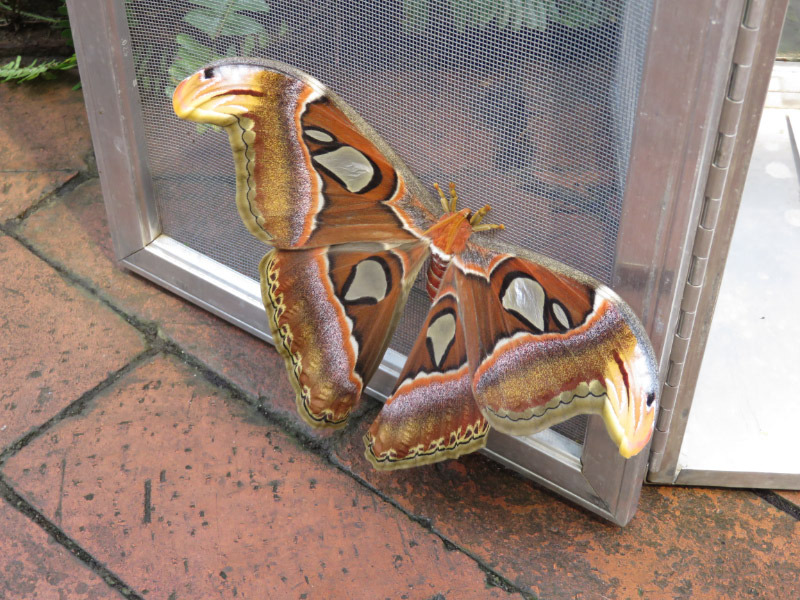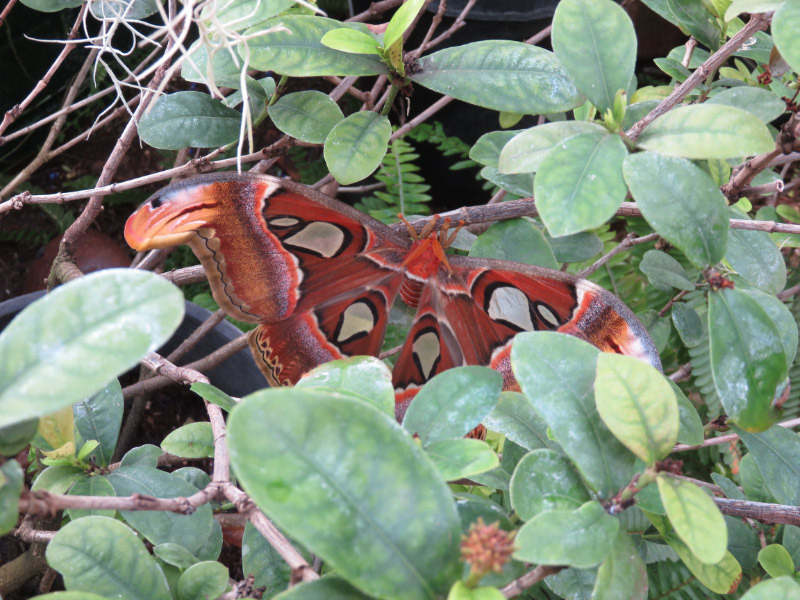Gleanings of the Week Ending September 12, 2015
/The items below were ‘the cream’ of the articles and websites I found this past week. Click on the light green text to look at the article.
 Gene leads to nearsightedness when kids read - The incidence of myopia is increasing around the world. In the US 44% of adults are nearsighted, up from 25% 30 years ago. And in some parts of Asia, 80% of young adults are now myopic. There is a lot of research re cause and possible preventions. This is just one.
Gene leads to nearsightedness when kids read - The incidence of myopia is increasing around the world. In the US 44% of adults are nearsighted, up from 25% 30 years ago. And in some parts of Asia, 80% of young adults are now myopic. There is a lot of research re cause and possible preventions. This is just one.
The lost tunnels buried deep beneath the UK - There are tunnels below Liverpool! They are 200 years old and filled in when people complained of the smell (as they were used as underground landfills. Now they are being excavated.
Midday naps associated with reduced blood pressure and fewer medications - Yet another reason that midday naps are not a bad thing.
Standing on their own four feet: Why cats are more independent than dogs - We are a cat household…ours certainly have an independent nature! This research points out that ‘cats are much more autonomous when it comes to coping with unusual situations.’
Biodiversity belowground is just as important as aboveground - We know that the biodiversity above ground is in peril in much of the world…but the belowground organisms are not as well known or studied.
Intense Aurora Display over Sweden - I don’t live far enough north to see aurora….so videos like this are an opportunity to see the phenomenon and marvel at how finely tuned our planet is.
Check Out Life Spans around the World — and Likely Years of Ill Health - I like the idea of looking at life expectancy and unhealthy years together rather than life expectancy along.
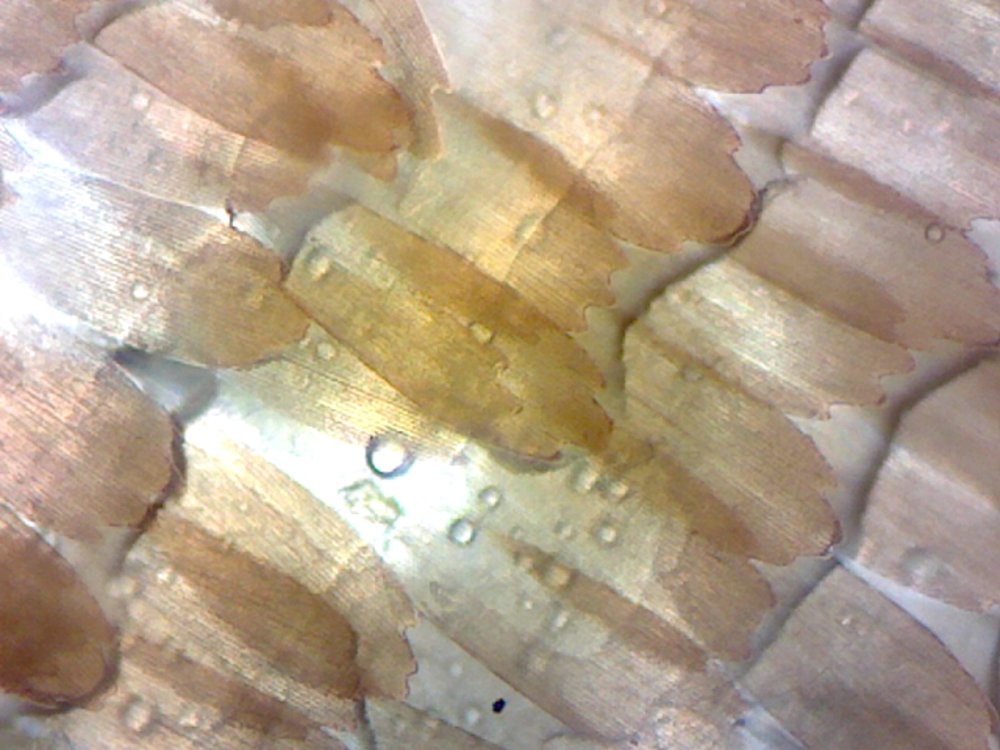 Stunning Macro Photos of Delicate Butterfly Wings Look like Shimmering Petals - I tied to do some macro shots of a butterfly wing (best image is to the left)…frustrating experience. This post motivates me to try again and get rid of the pesky bubbles!
Stunning Macro Photos of Delicate Butterfly Wings Look like Shimmering Petals - I tied to do some macro shots of a butterfly wing (best image is to the left)…frustrating experience. This post motivates me to try again and get rid of the pesky bubbles!
Recovery: Rare Turtle Gets a Second Chance - It’s always good to hear a story about recovery rather than extinction….but we have to do something about people releasing non-native red-eared sliders and hurting the indigenous native turtles.
3-D Printing Breaks the Glass Barrier - I watched the full video from the MIT Media Lab; it’s only about 4.5 minutes. I like glass!


